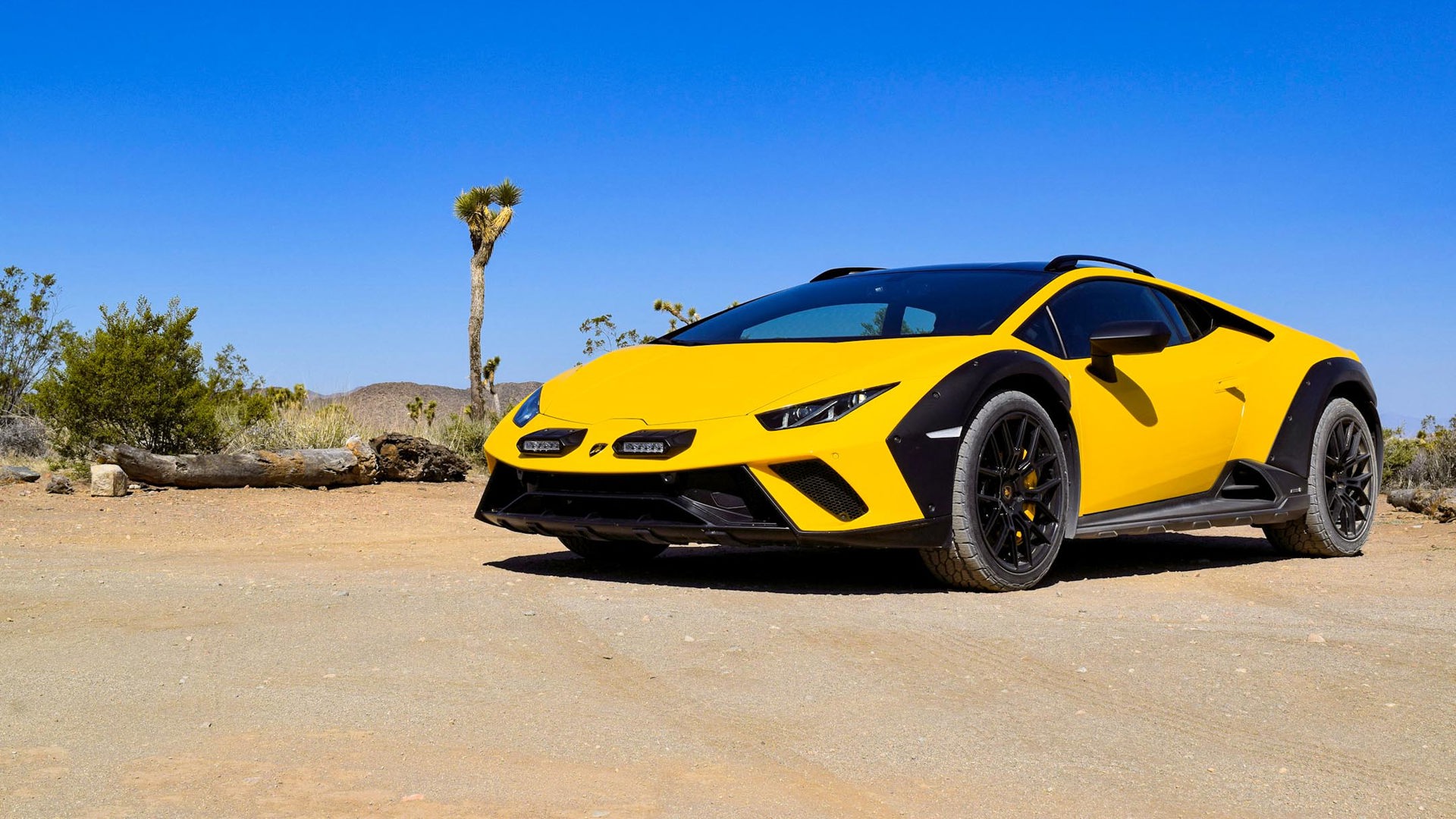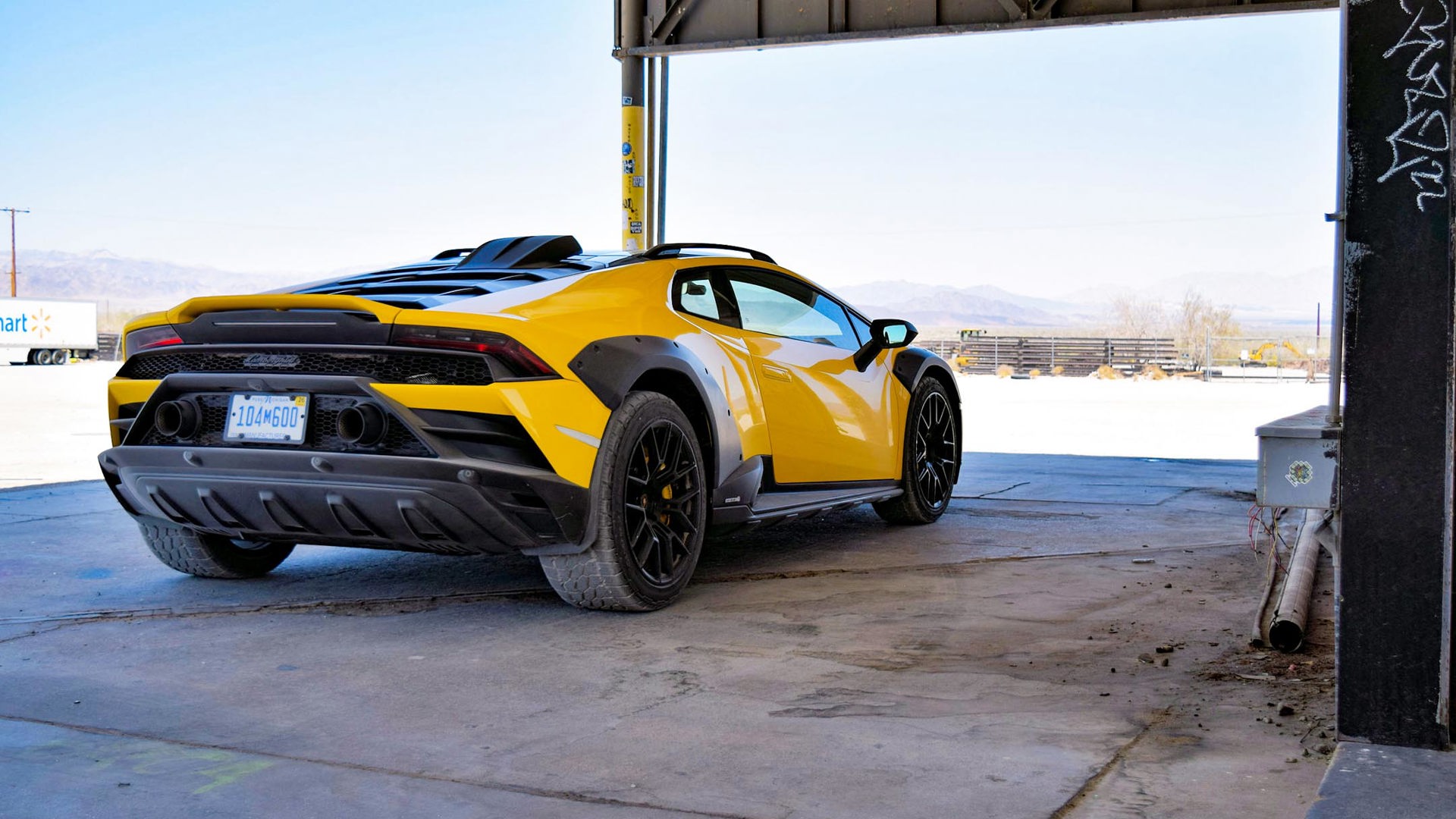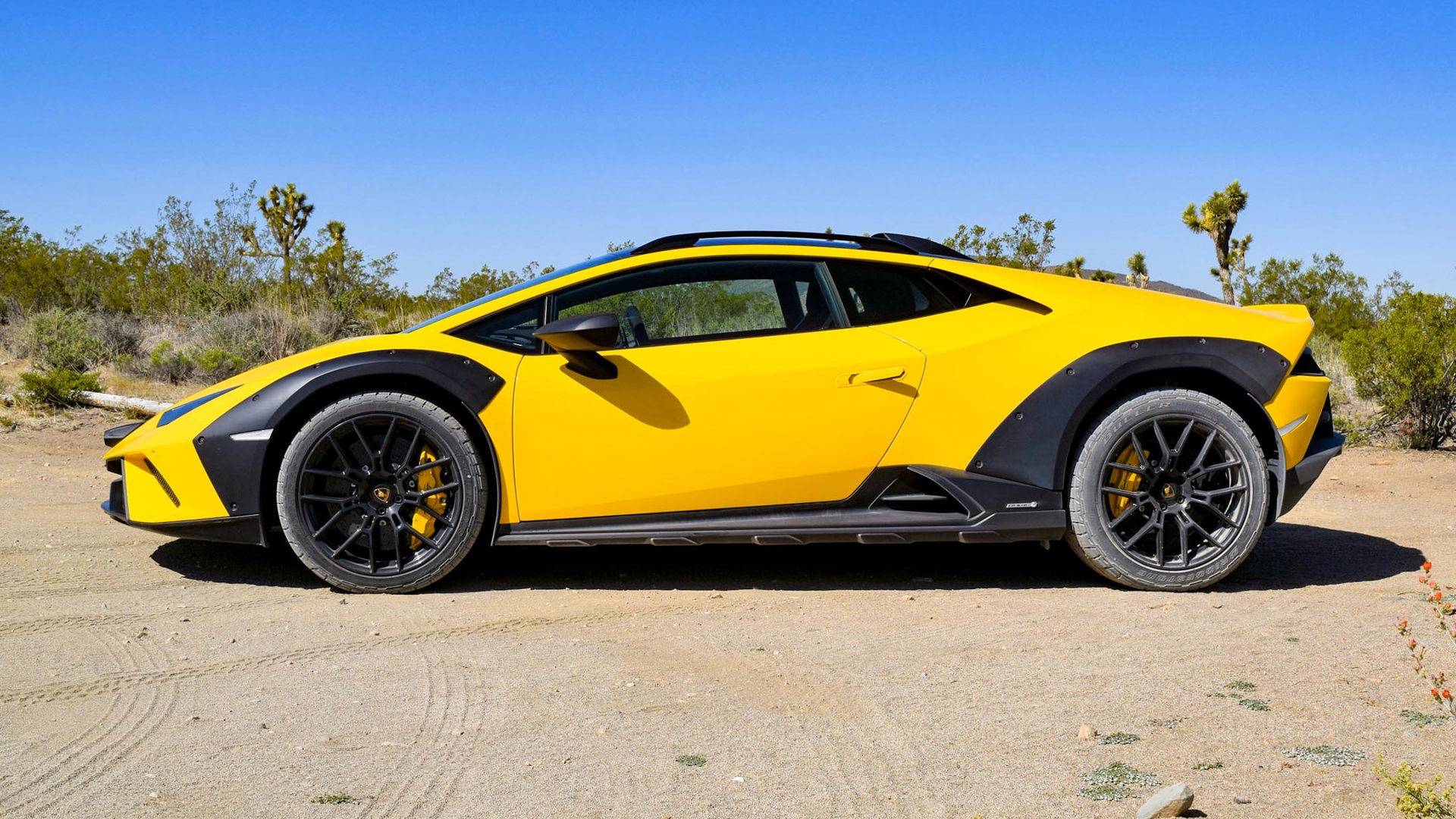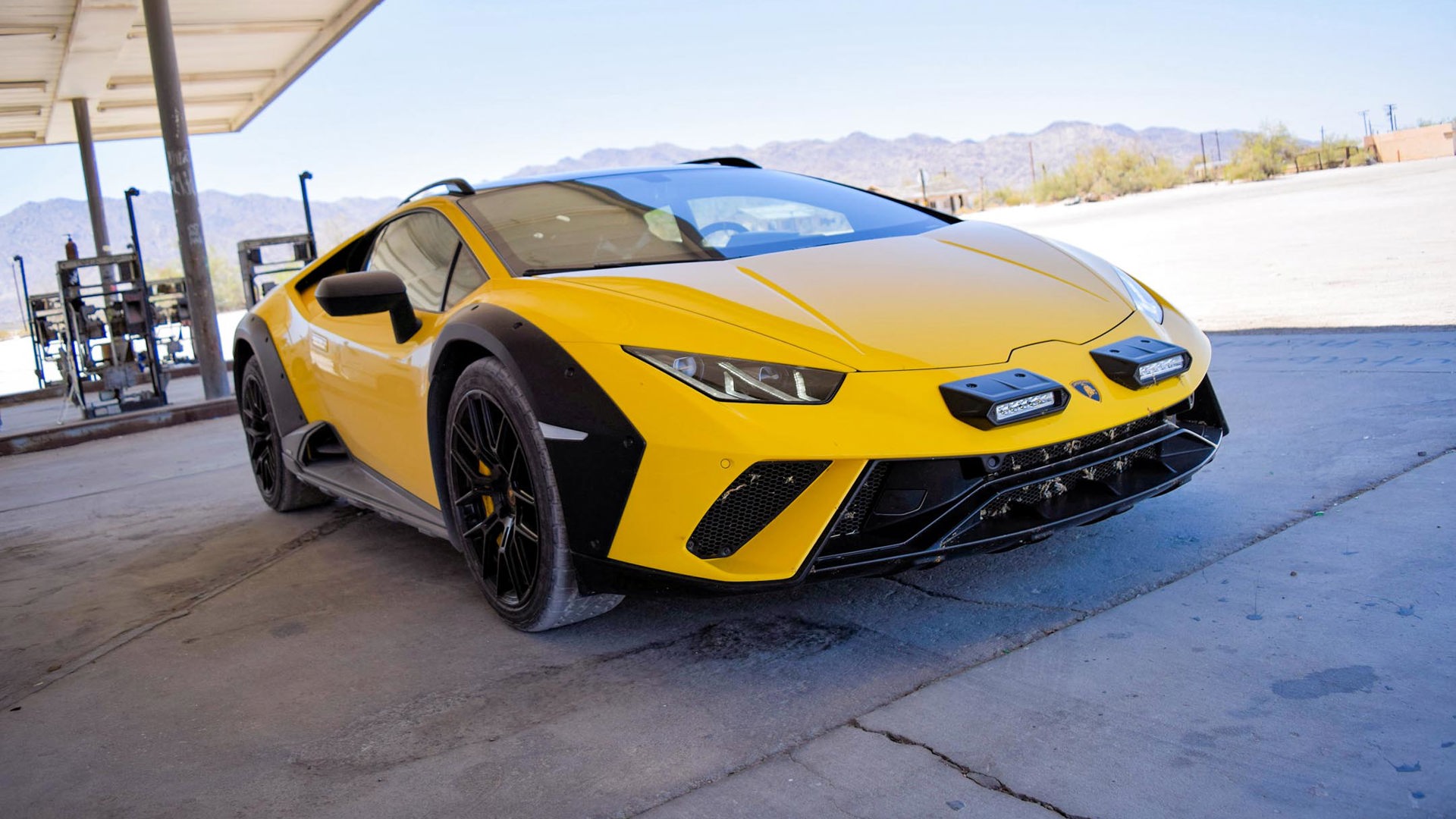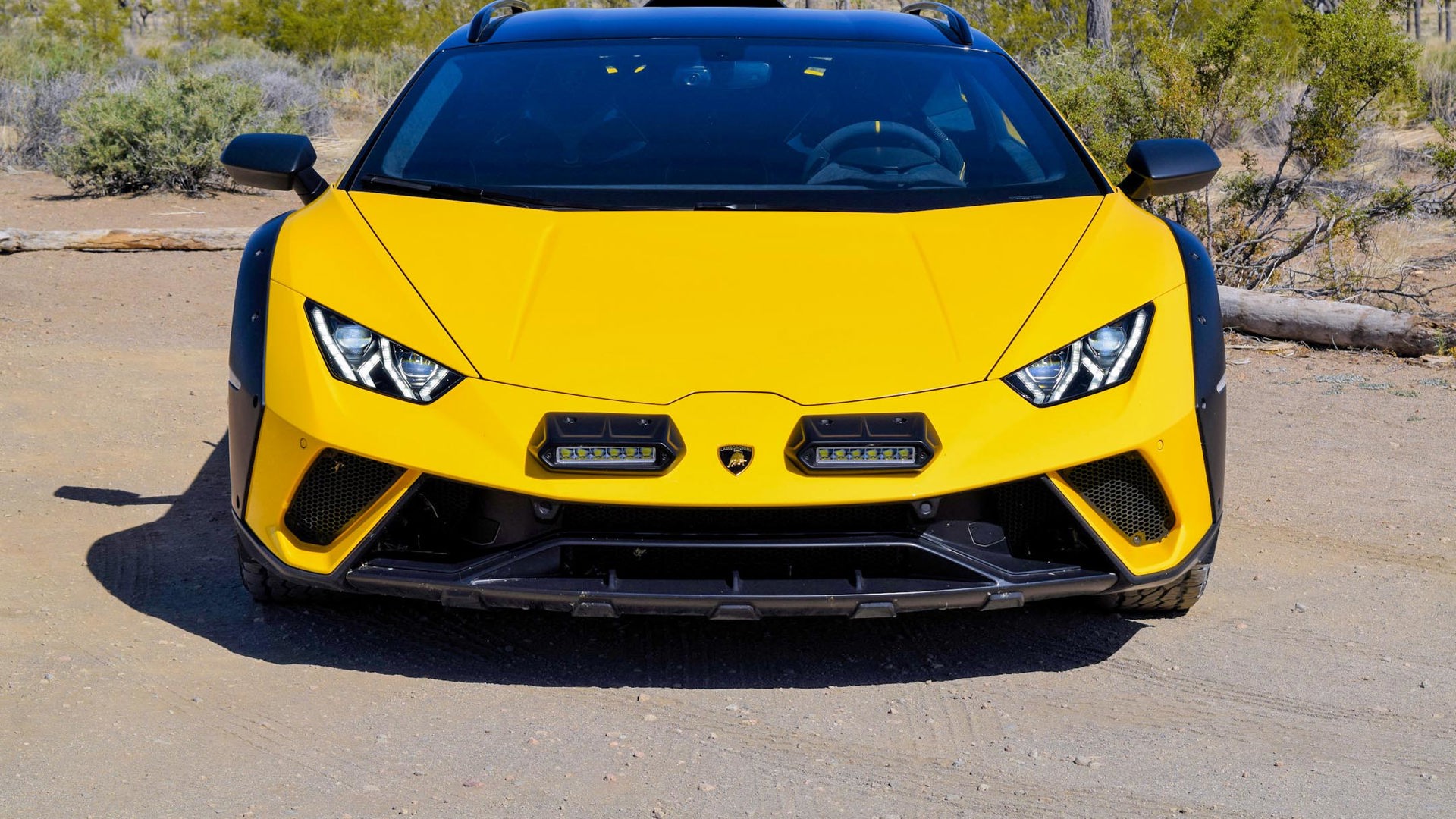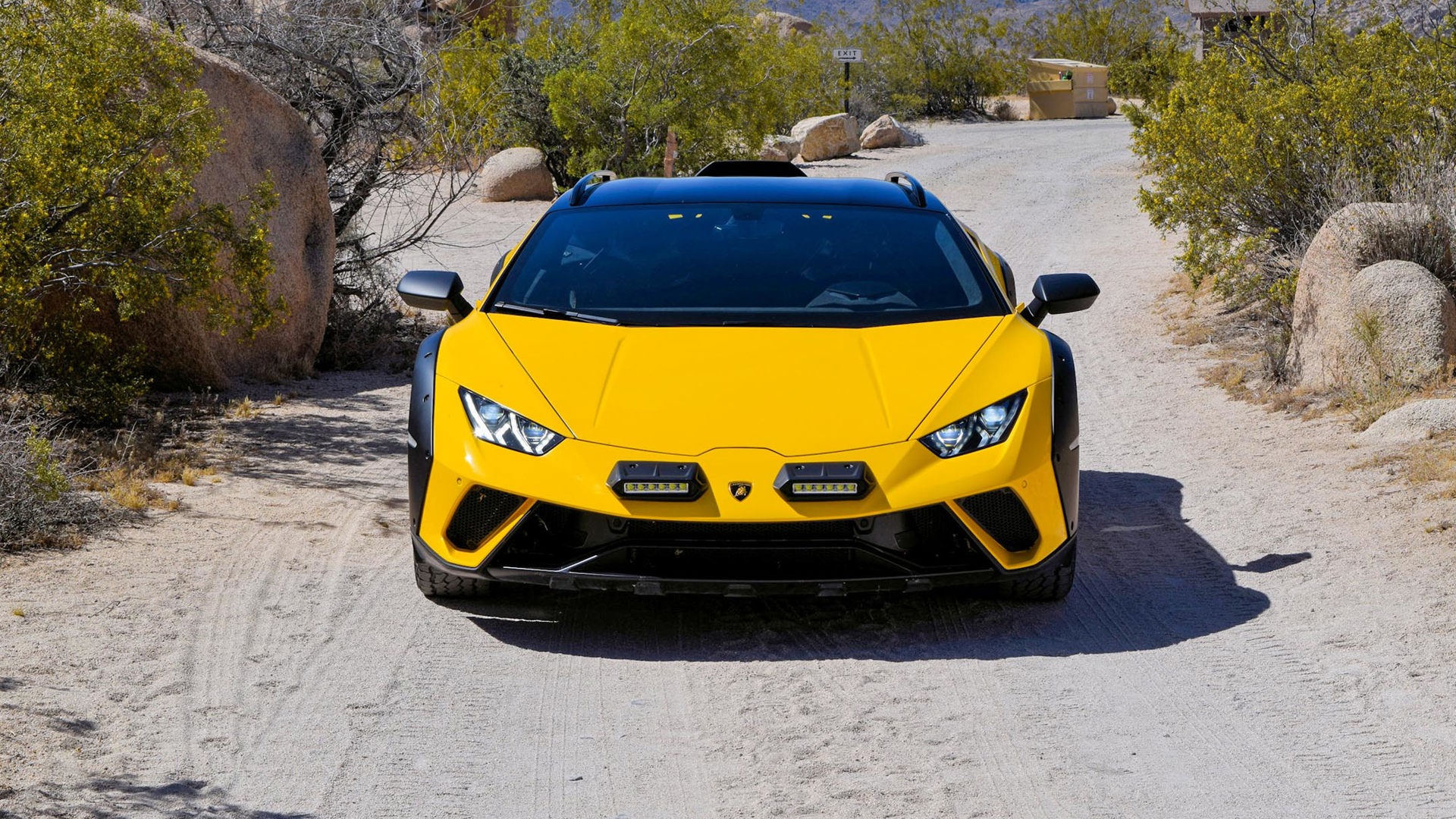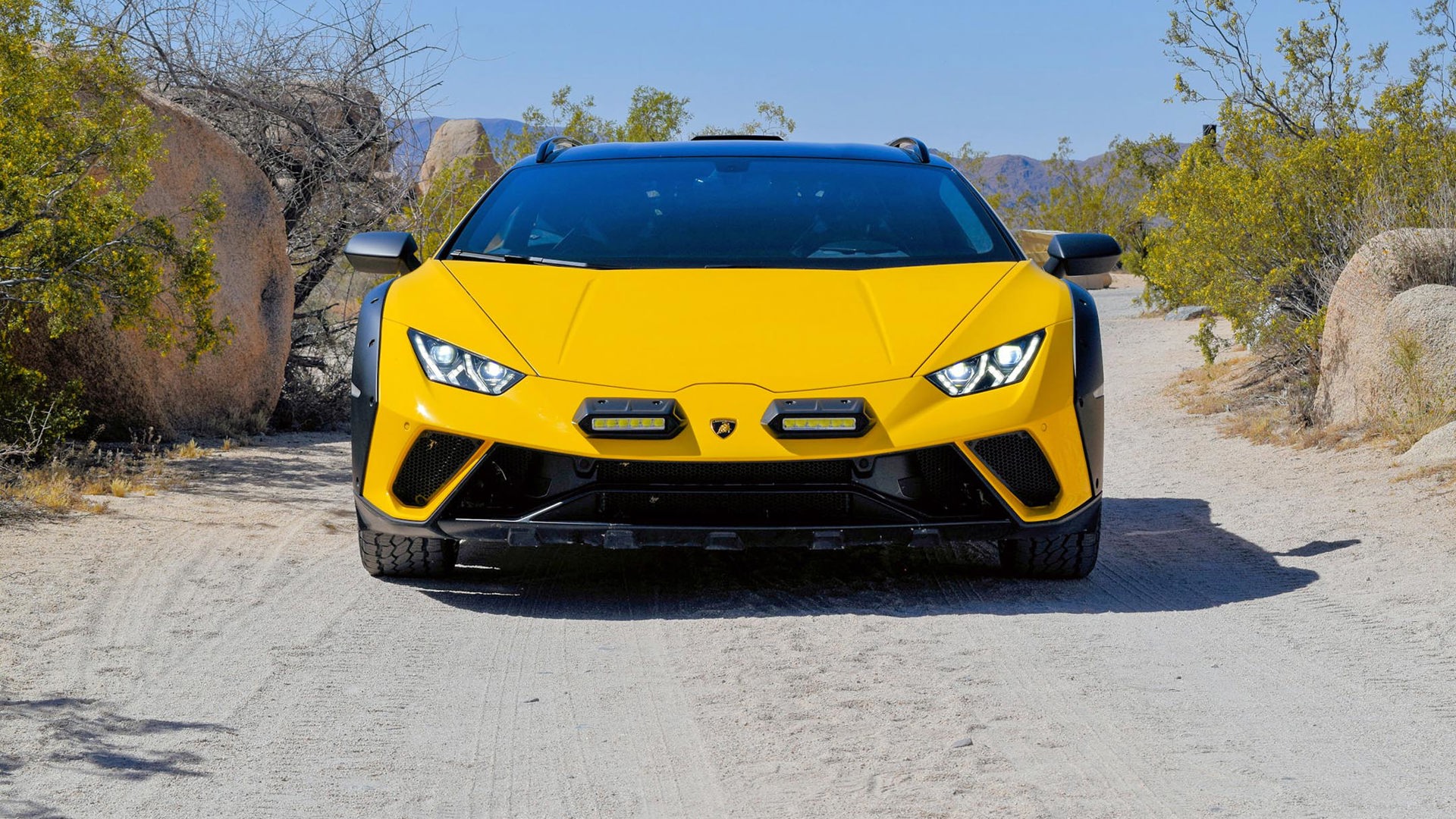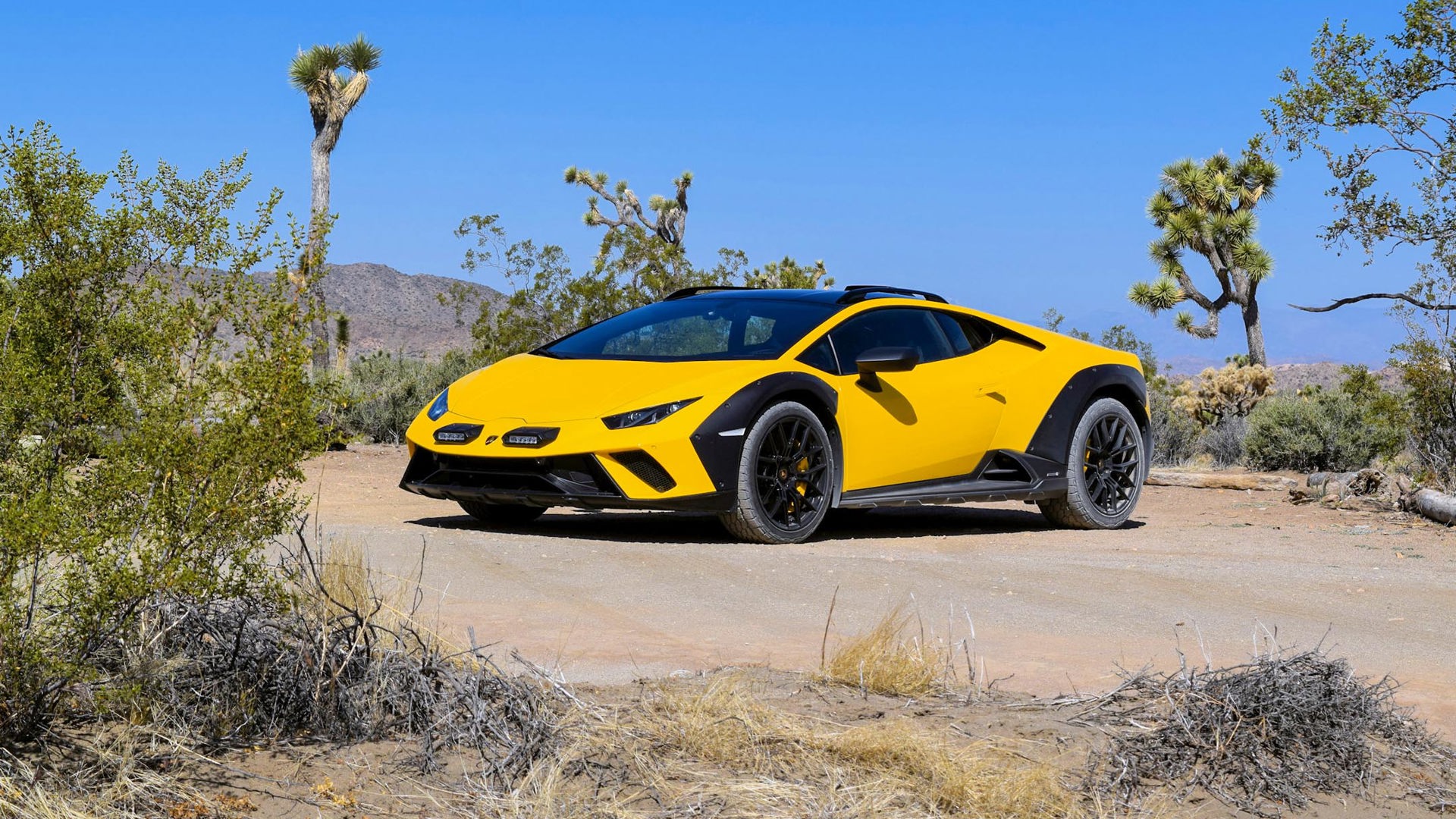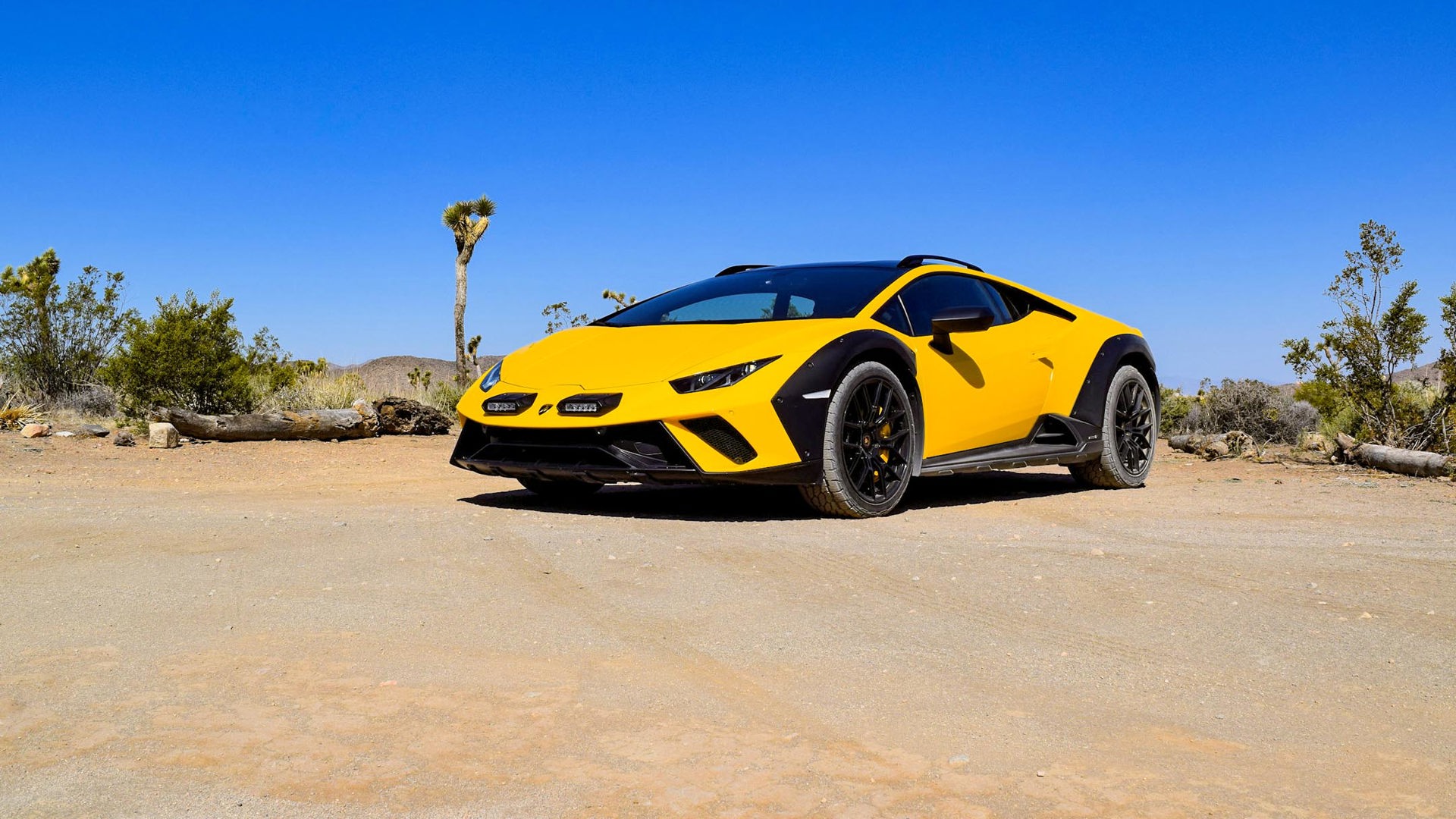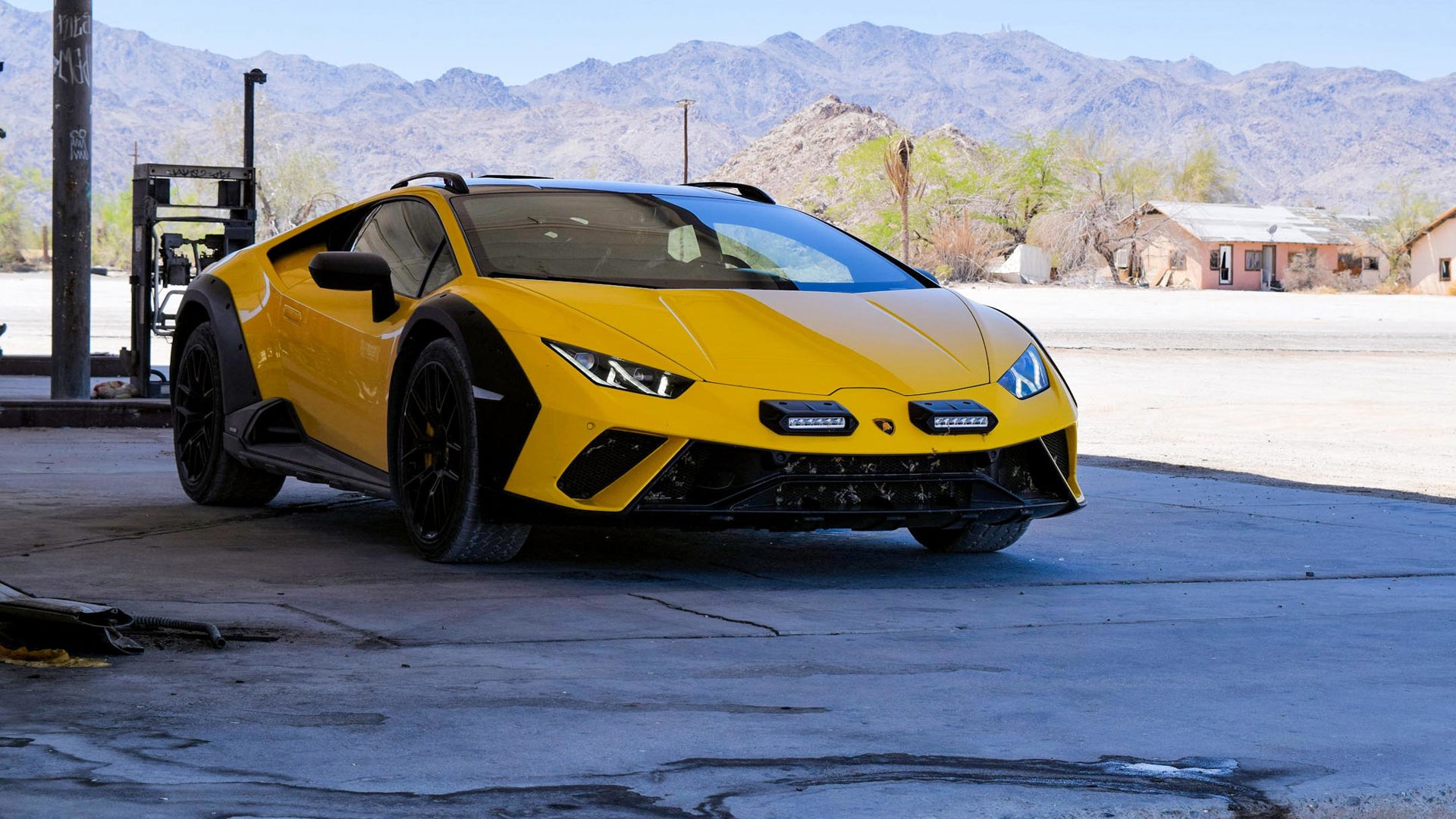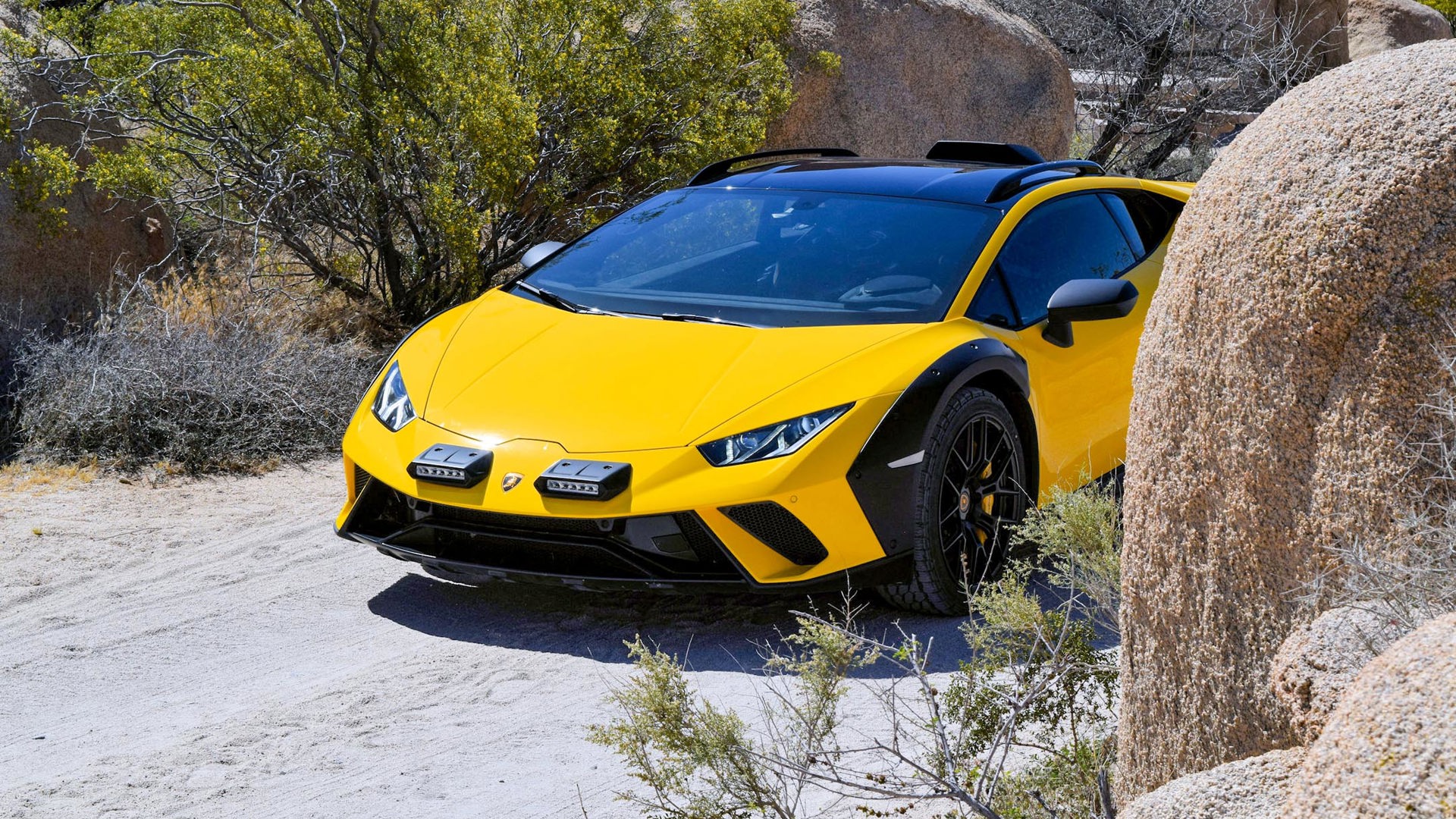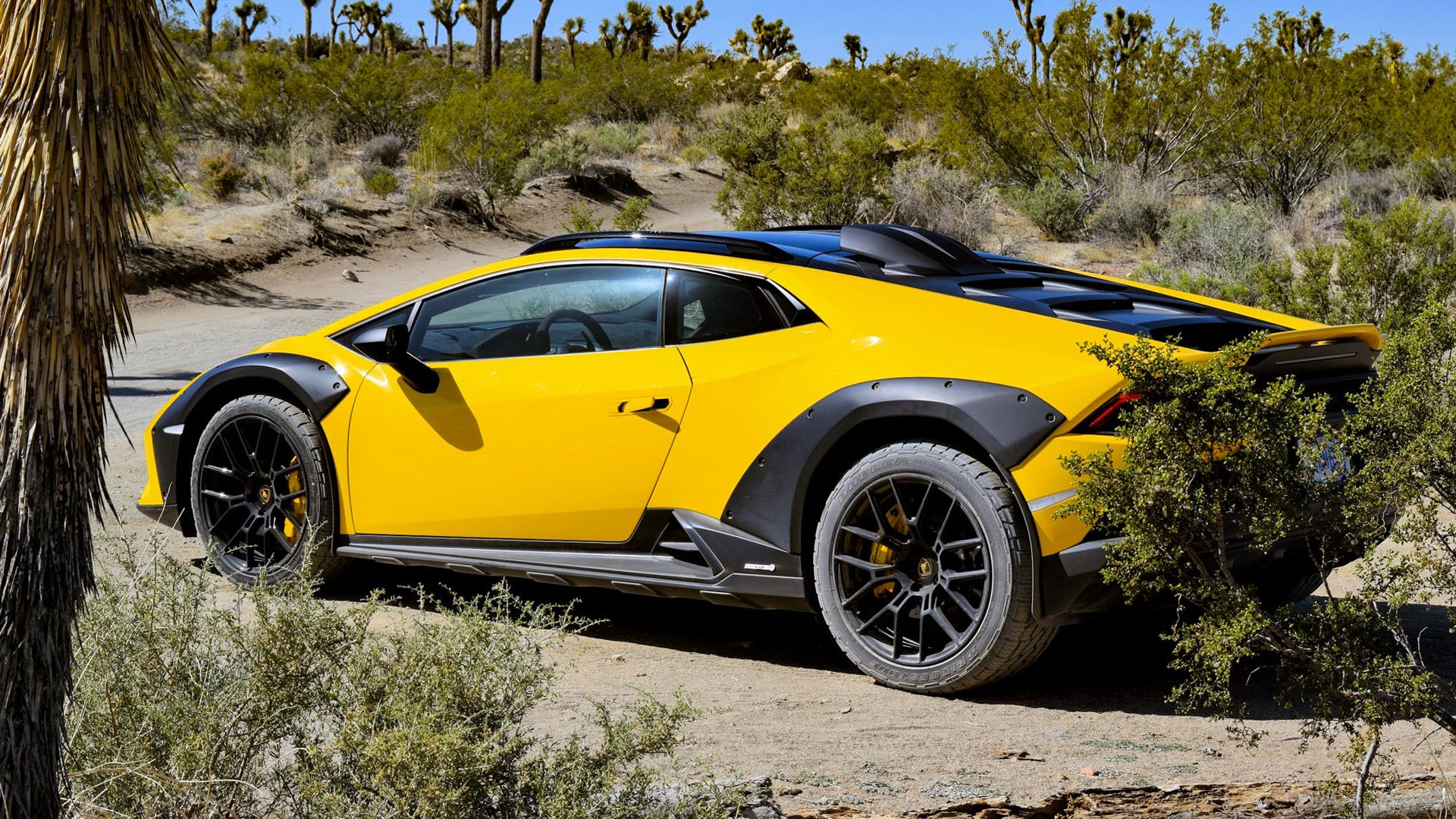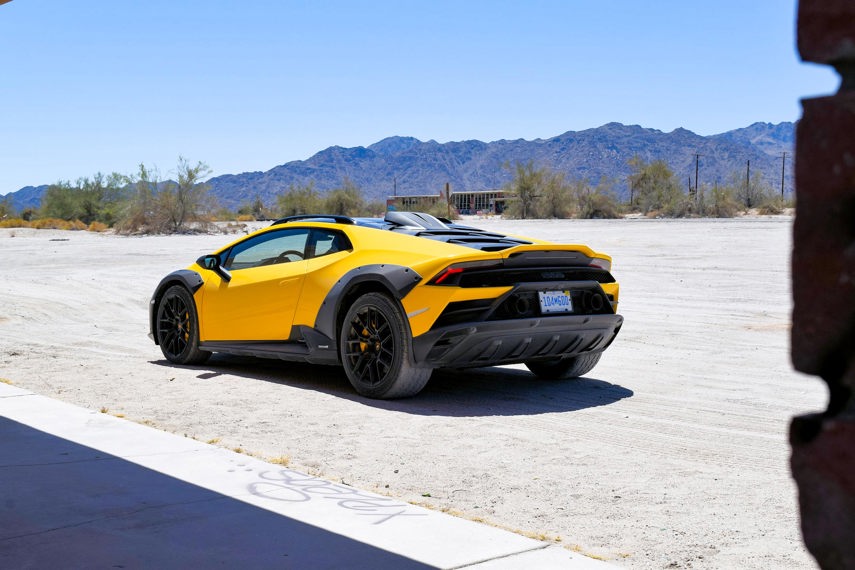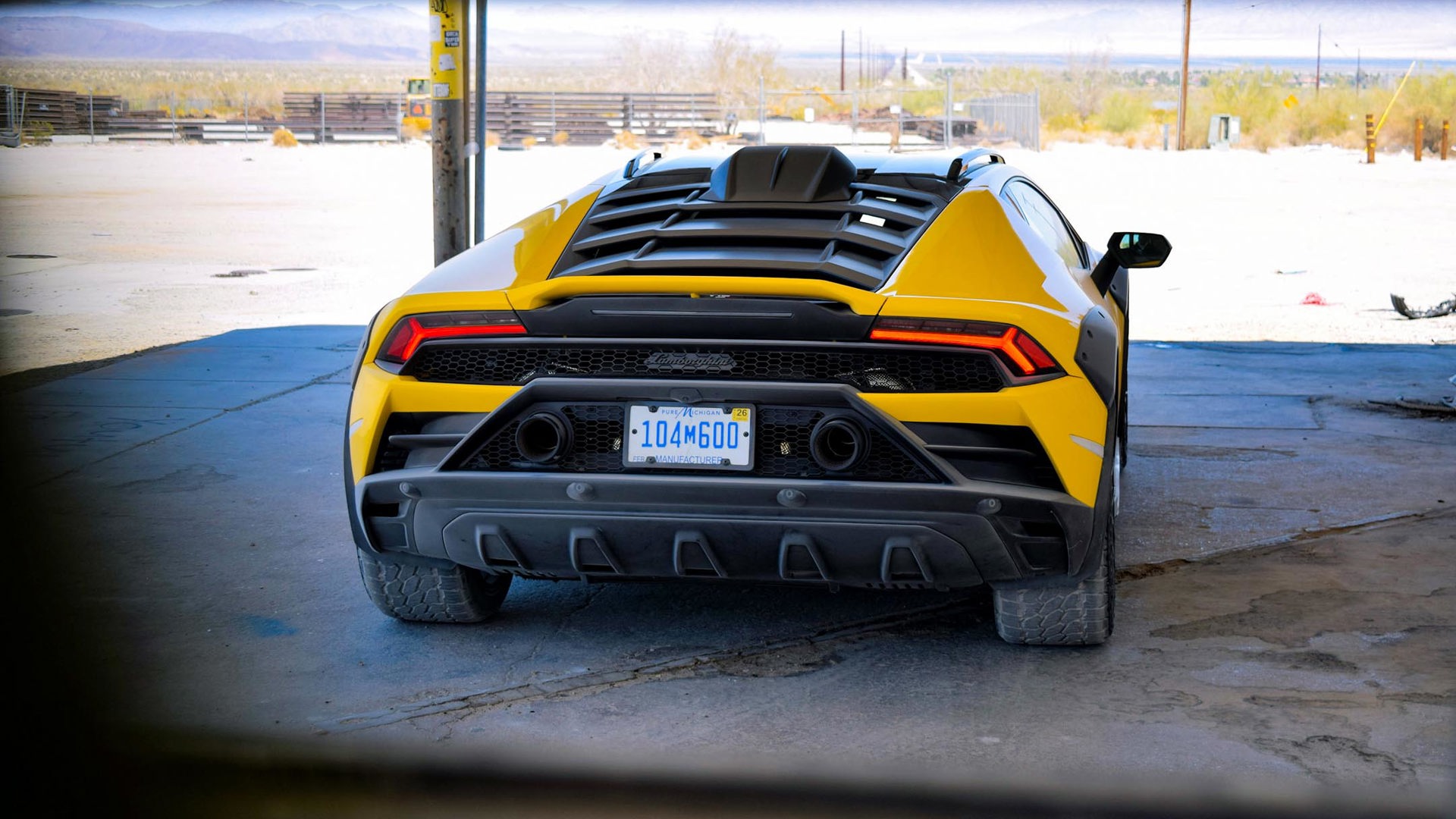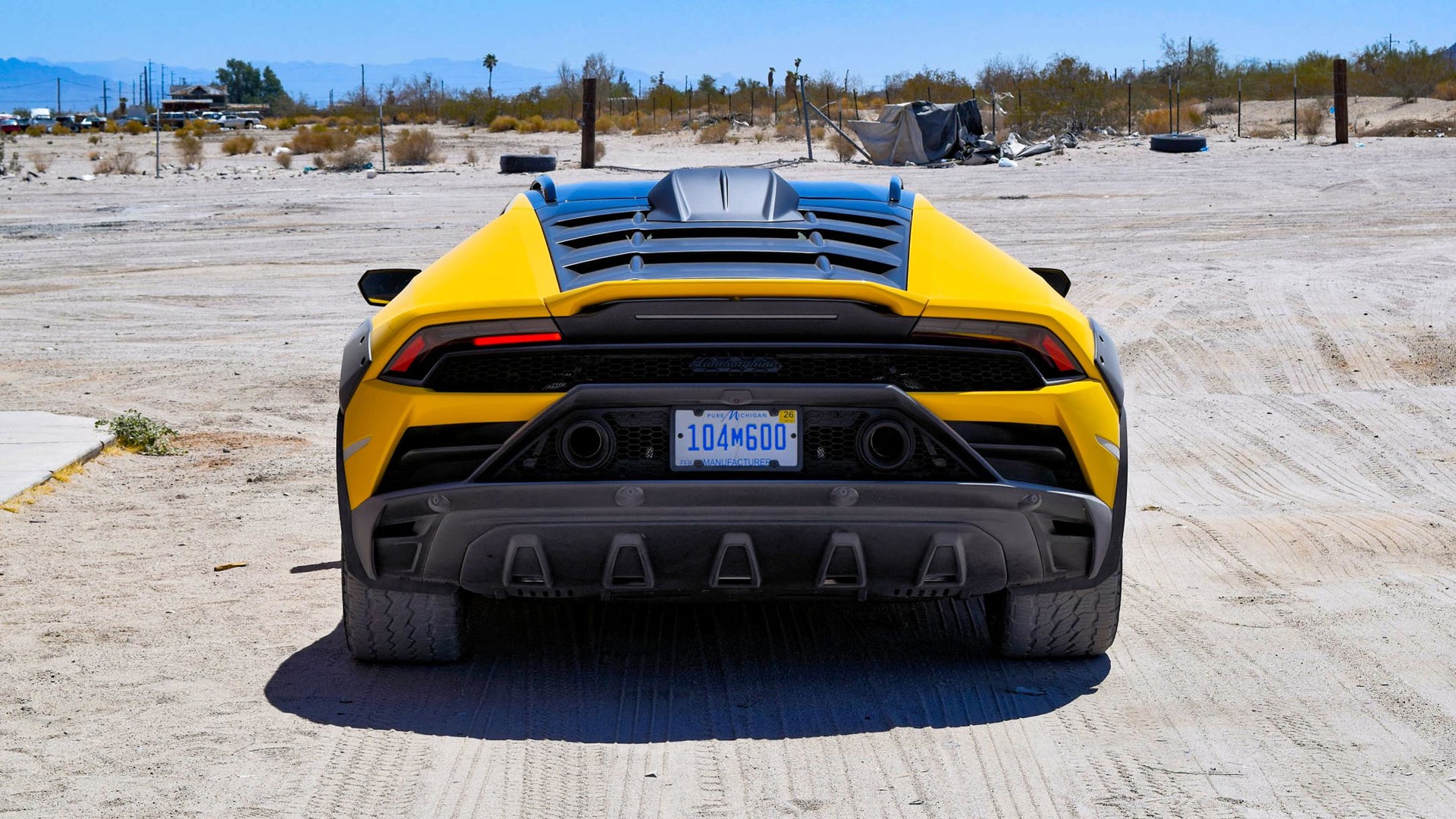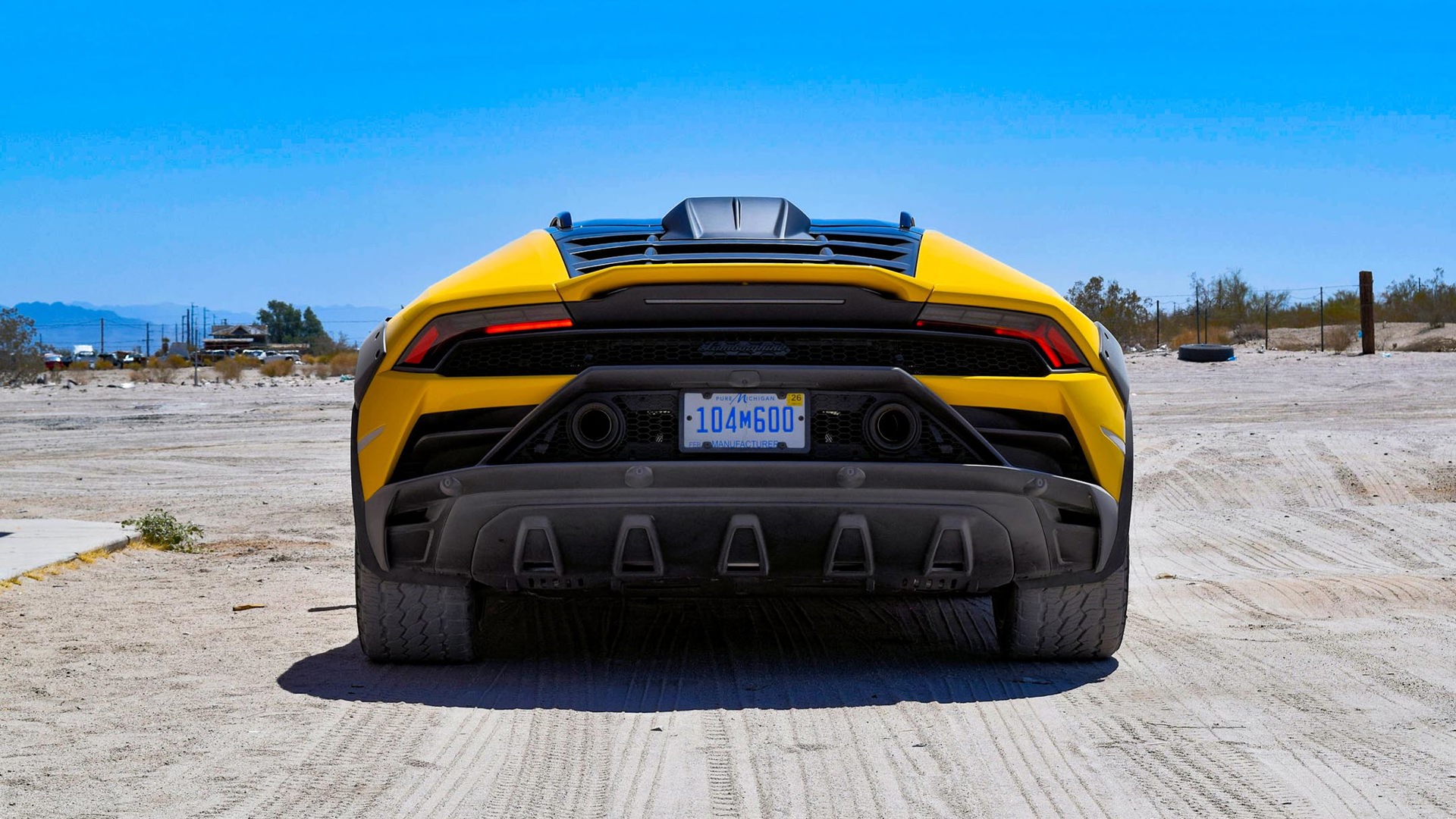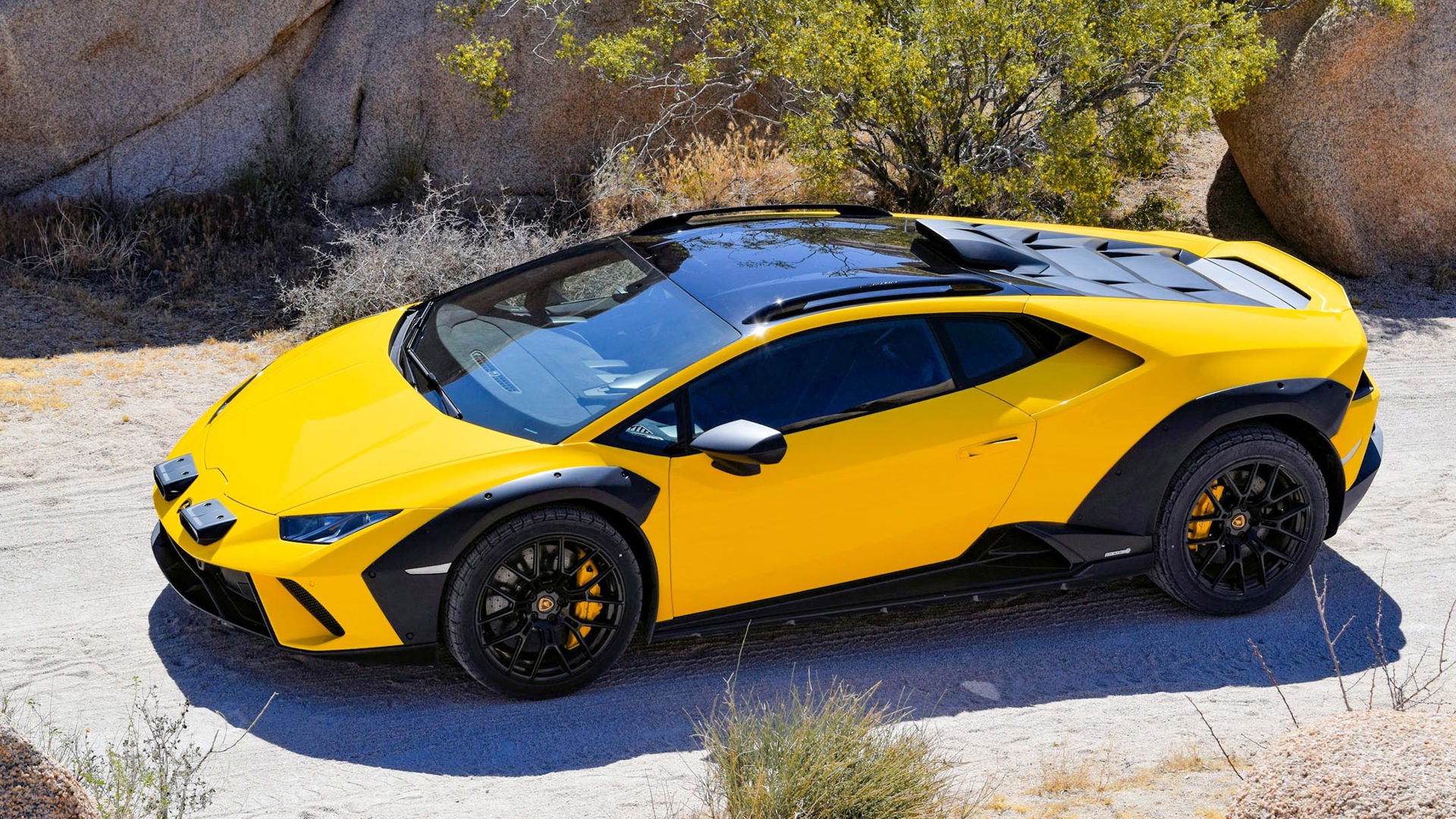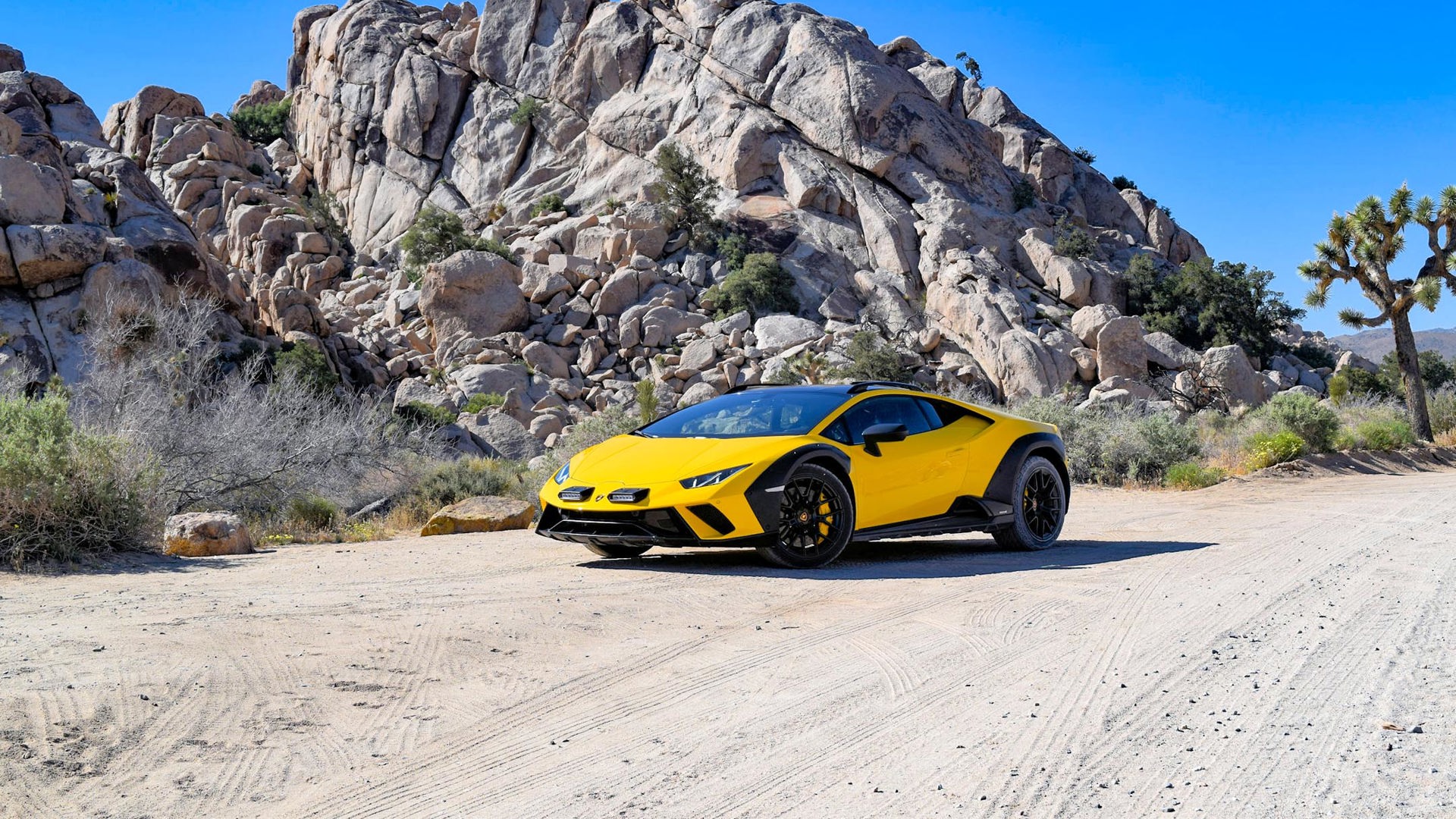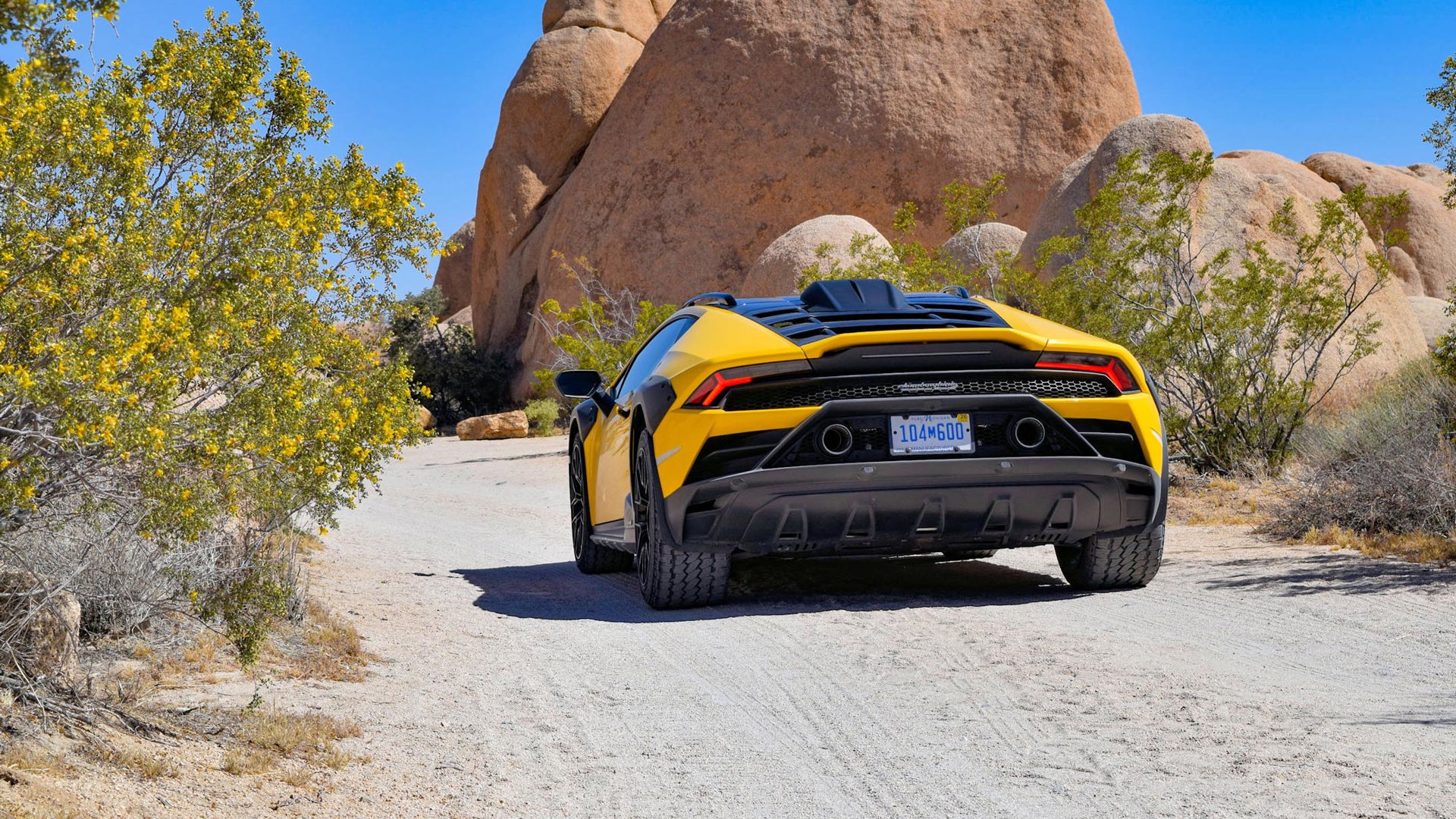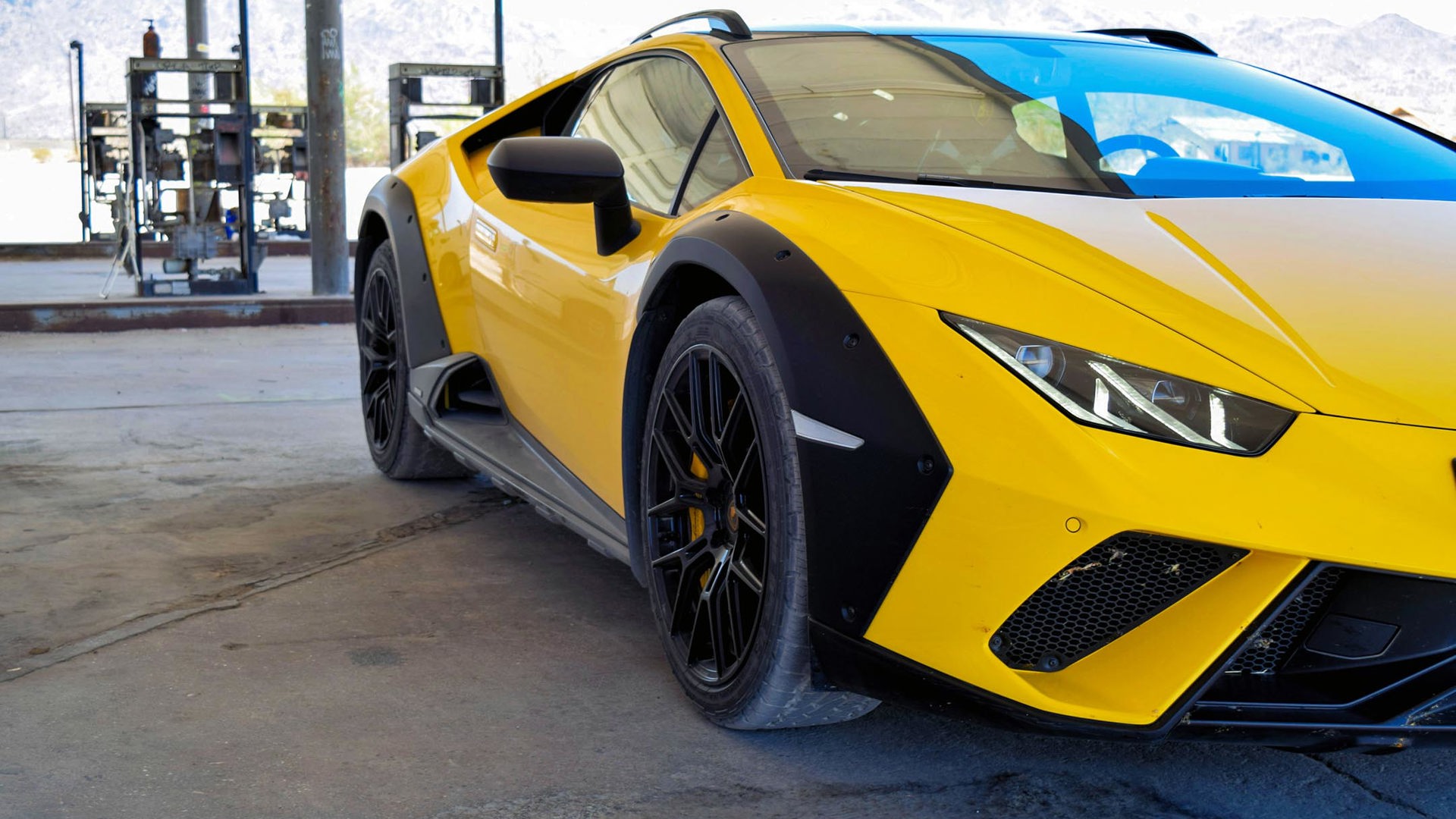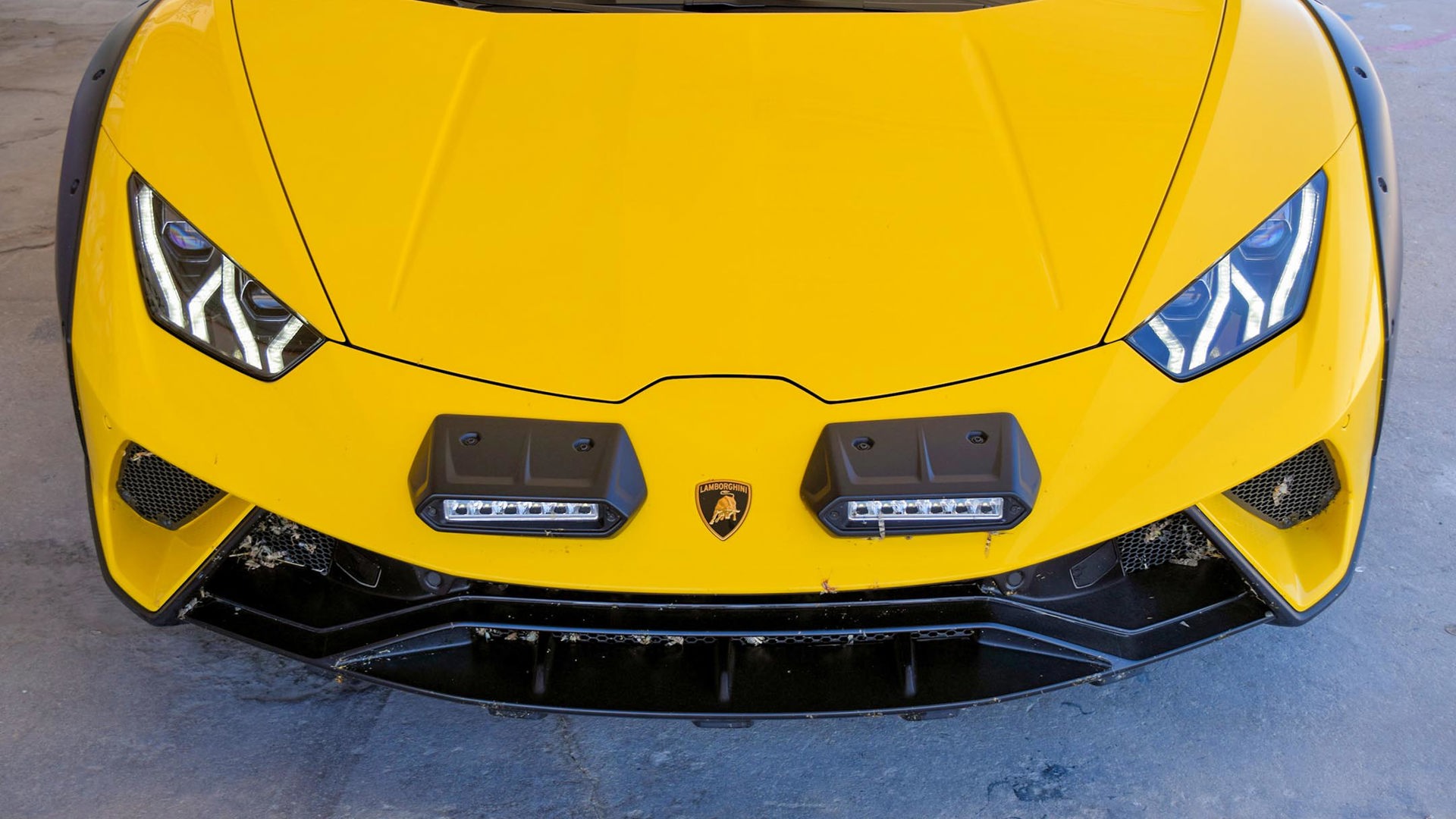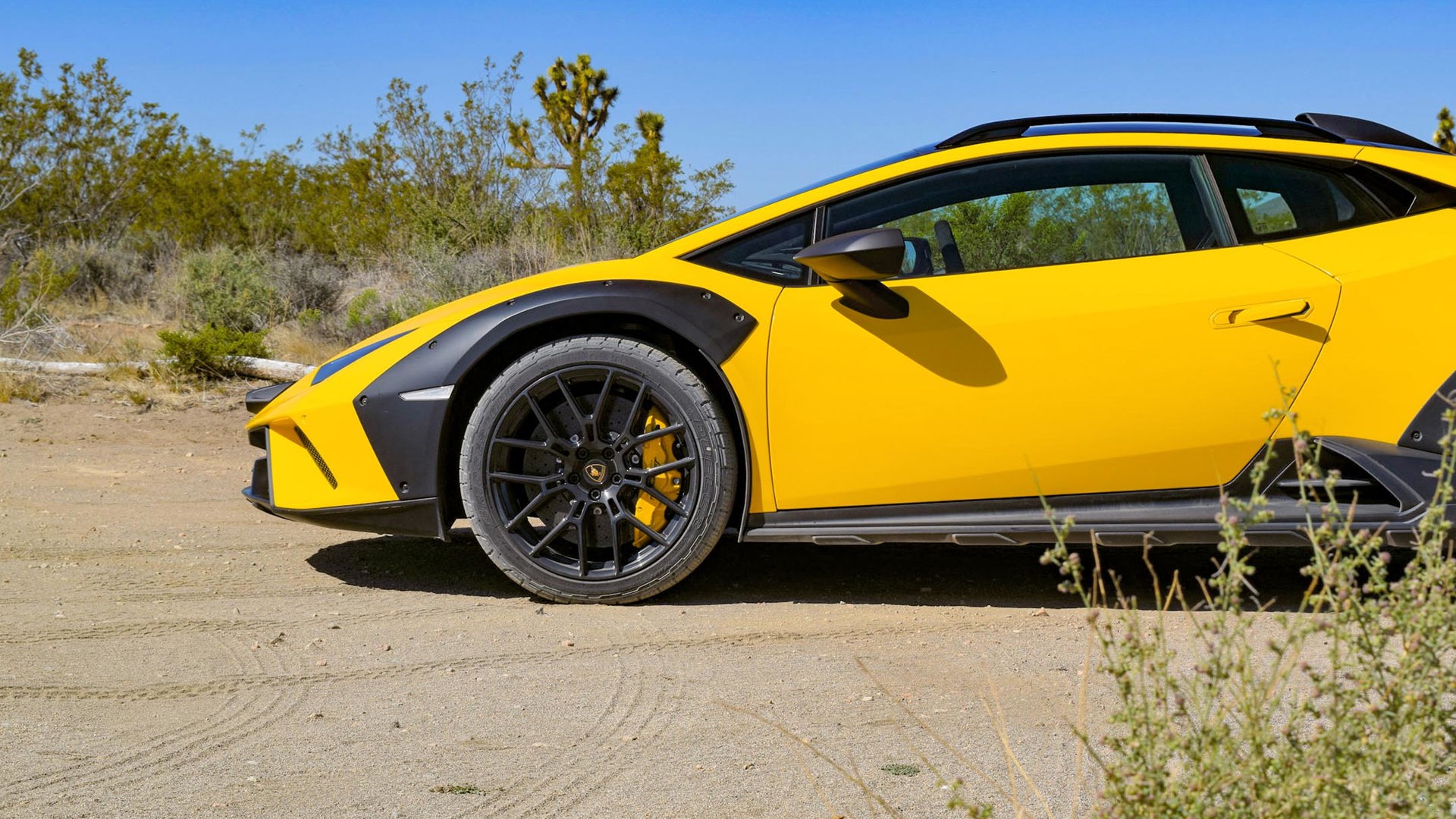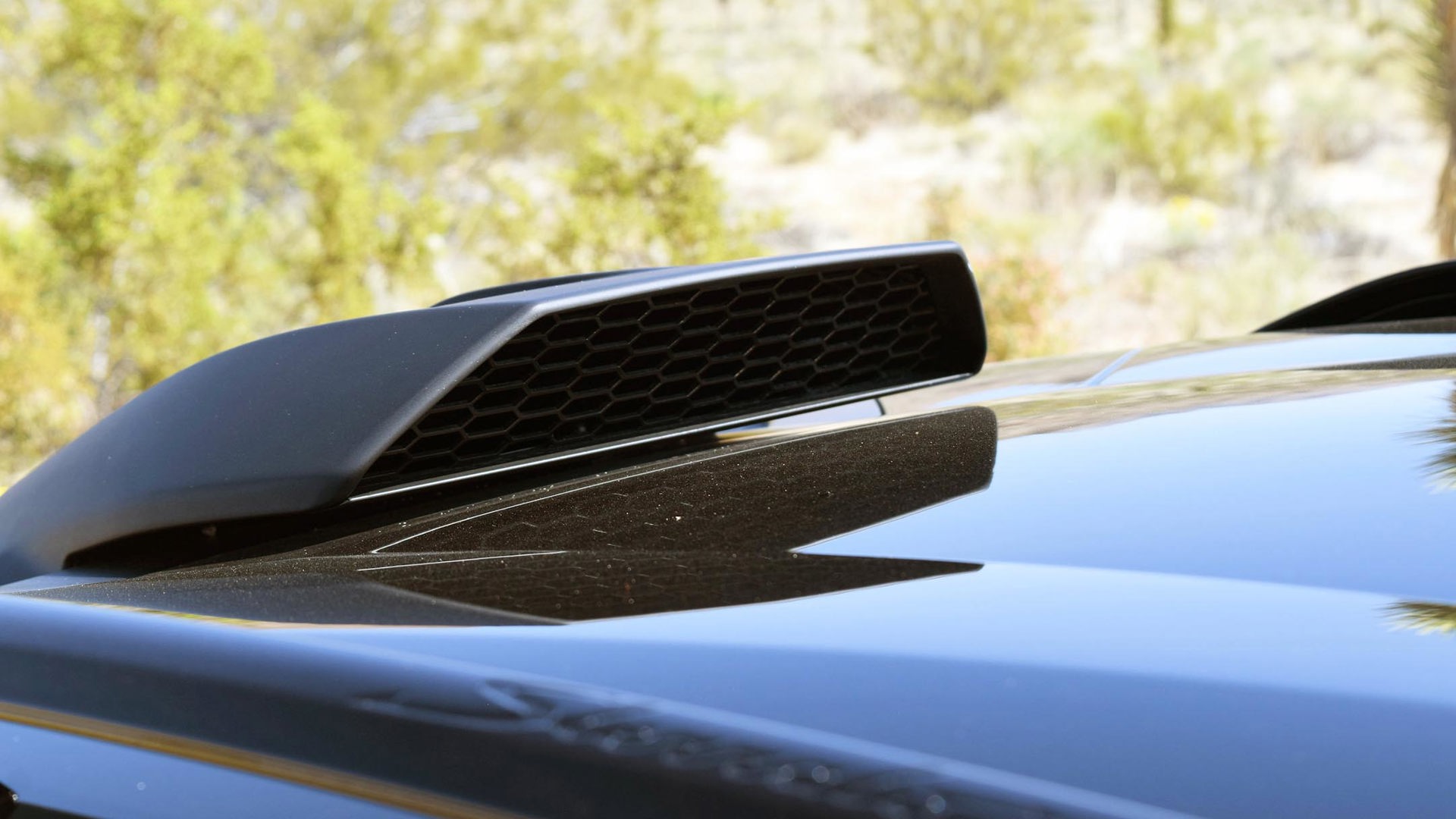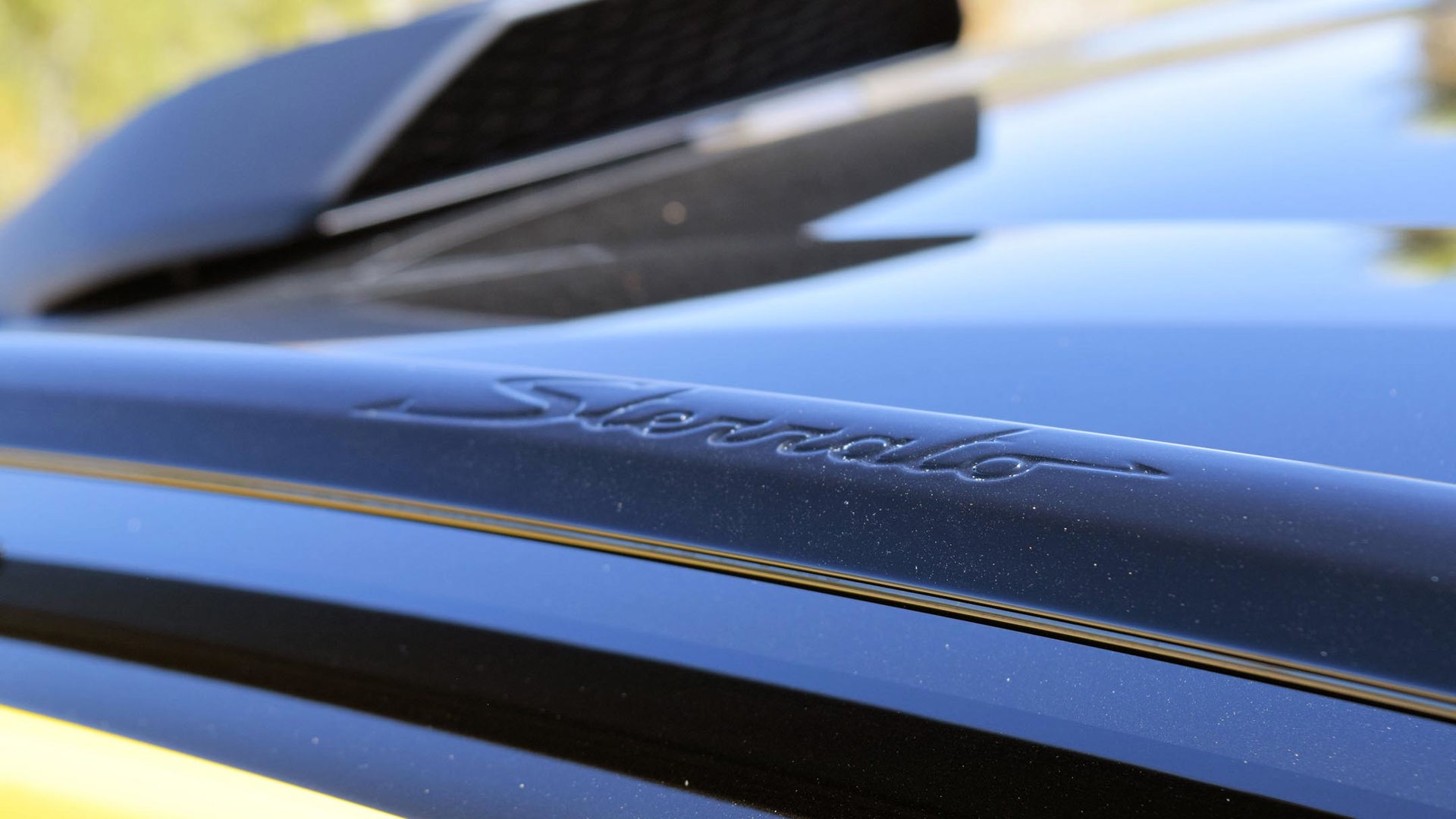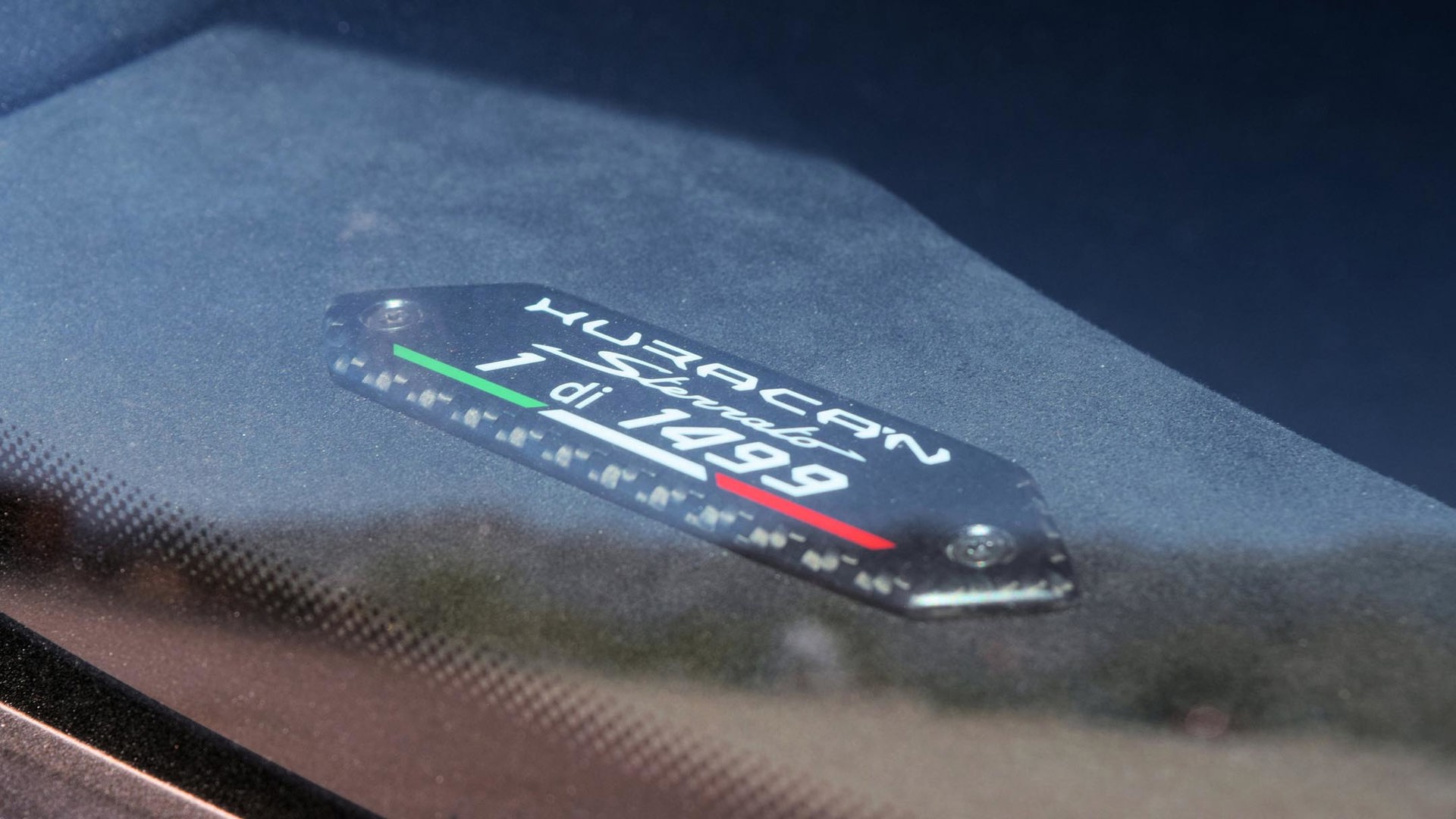As someone with a baby on the way, I’ve been thinking a lot about legacy. How will I pass on my knowledge and experience to a new generation? My experiences from a time without the internet, smartphones, and lane-keeping driver assistance features could seem outdated, analog, and out of touch. I do get excited about new tech and advancements, but in today’s world, there are so many things that can weigh down one’s joy.
There’s a darkness cast over so many parts of our lives. Incomes have become static, housing is unattainable, careers and passions are at risk of becoming lost to AI, and even basic human rights are being challenged every single day. How do you rise above all of that, especially with a baby on the way and the huge responsibility that comes with it?
For me, inspiration came from the 2024 Lamborghini Sterrato. You have reason to be skeptical, but this wild supercar made me excited for an uncertain future.
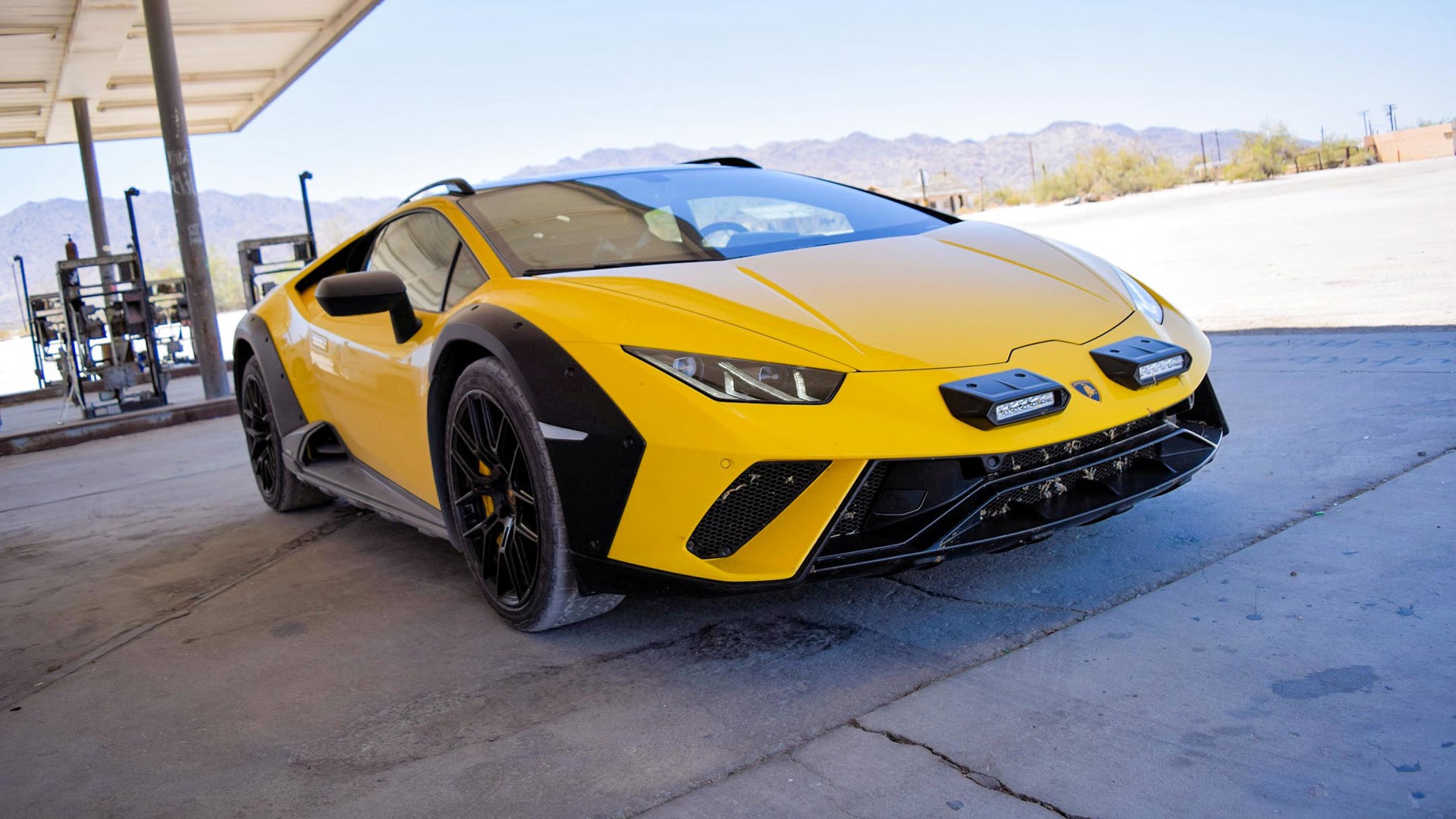
Growing up, my childhood room had more car posters than wall space, with new concepts, exotics, luxury cars, and off-roaders all fighting for some vertical real estate. My imaginations and dreams were full of these cars. I’d look at those cars and think that the future is going to be awesome. Frankly, the future lived up to the hype. Cars and beyond, I enjoyed the fruits of huge scientific advances, and the internet bringing people, communities, and cultures together.
It may be the “‘kids-these-days” geezer in me speaking, but I have struggled to find optimism in the outlook for new generations. I doubt today’s kids are plastering pictures of bland, same-looking crossovers, or aerodynamic pod-like EVs on their walls, desktop backgrounds, or phone lock screens. And it feels as though the entire automotive industry is (understandably) moving towards sustainability over stylish speed machines. What will my child come to love, strive for, and imagine? How will I, as a parent, inspire them? How do I raise them in spite of angry mobs on the internet, darkening skies from climate change, and impossible odds of financial stability? My first lessons from Lamborghini were to have an imagination and keep a focus on fun.
The first time you see the Lamborghini Huracán Sterrato, it’s natural to do a double take. Is that a real car? Is it a one-off prototype? Yes, it’s real, and no, it’s not a custom build from Pimp My Ride or some Mad Max spin-off. There will be 1,499 copies built of this supercar-turned-tank, and the deeper story is that this is the brand’s send-off for the Huracán. After the Sterrato, there will be no more Huracán, and Lamborghini’s most popular model will be replaced with something completely different.
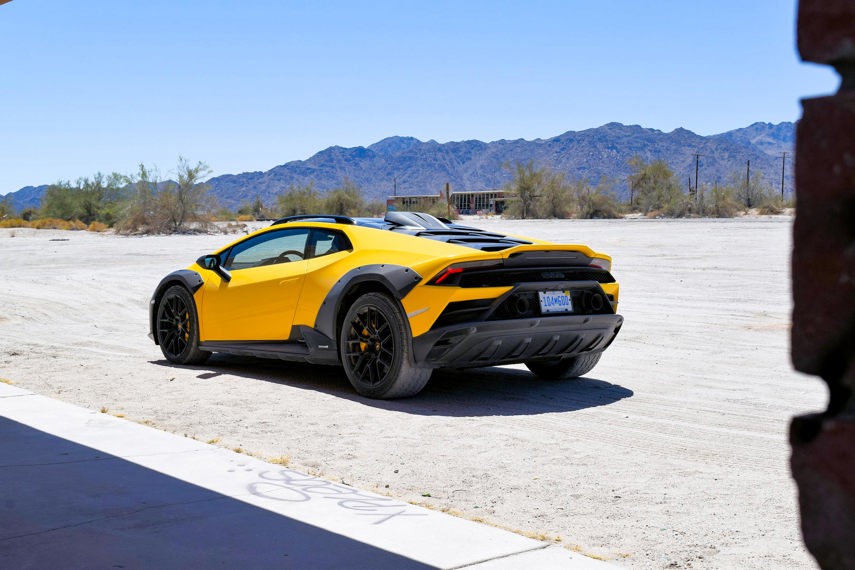
Turning a track-focused supercar into an off-road rig, however, seems like a wild idea plucked from the dreams of a video game-obsessed child. Yet the Sterrato is right here, defying reality. Thank you, Lamborghini, for not forgetting the inner child of automotive enthusiasts and the future children of those enthusiasts.
The traditional supercar playbook usually says that a new product is just a better version of an older one. Add cool new wings, turn up the power, and voila you have a fantastic new car! But Lamborghini has moved beyond traditions lately, an approach that has been working for the Italian automaker to help it maintain mindshare among a new generation of automotive enthusiasts. That means doing things that seem impossible, and that’s what makes this car so special.
The Italian automaker takes the standard Huracán and applies all kinds of imaginative changes. It gets more ground clearance, for example, which is met with all-terrain Bridgestone Dueller tires featuring extra sidewall. Since the Sterrato encourages off-road adventures, Lamborghini reinforces the pricey body of this car with a front skid plate, tougher side skirts, and unique rear diffuser. The front and rear tracks are wider, and there’s much more suspension travel compared to the usual Huracán models, making it perfectly suited to unpredictable off-road conditions.
The overall image of a supercar is disrupted. Channelling its inner Subaru, the Lamborghini has cladding all over the front and rear wheel arches, with armour to protect the car from inevitable rock chips. The Sterrato actually has more ground clearance than a WRX! There’s a luggage rack on the roof and rally-inspired headlights on top of the hood. It all looks out of place, as if the small but mighty Tom Cruise in the Jack Reacher movies was replaced by someone with the frame of an NFL player. But while that cinematic complication disrupts one’s suspension of disbelief, the Sterrato is the real deal.
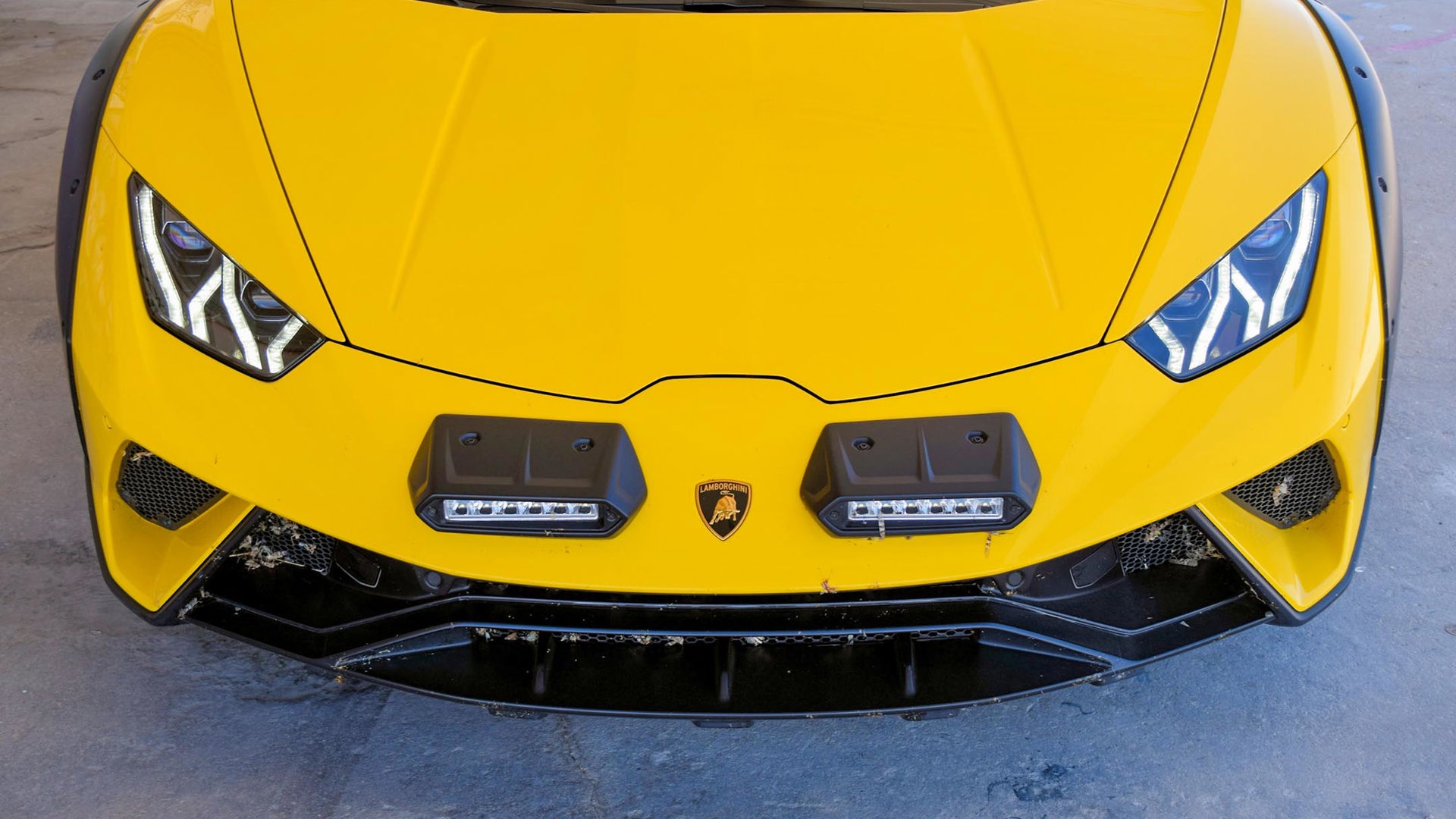
The supercar includes an off-road Rally drive mode taken from the brand’s Urus Performante SUV, which is specially tuned for low-traction settings. It’s meant to let the driver safely entertain themselves in snowy or sandy conditions, which should appeal to Canadians who want to take their low-slung exotic up to the cottage or for a ski trip.
Usually, driving a supercar on a slippery surface is an exercise in futility as traction settings cut the power at any sign of excessive wheelspin or loss of control. Rally mode lets you experience more speed in these conditions, as well as more drifting, making it more exciting to drive, so long as you’re not too close to any obstacles.
A major piece of the Sterrato’s joyous drive is the engine. The 5.2L V10 engine puts out 610 horsepower and 413 lb-ft of torque. It’s the same V10 as found in the past Huracán models, but it’s down on power a bit due to the new intake location.
While other Huracáns draw air from intakes by the rear wheels, this intake on the Sterrato has been relocated to the roof, which is better when the vehicle is kicking up dirt and debris while off-road. It restricts airflow a bit, but the 600-horsepower motor doesn’t seem any less ferocious than before, as it provides enough shove to send the car from zero to 100 km/h in 3.5 seconds. And that’s on the Blundstone-like all-terrain tires. Top speed is still an eye-popping 260 km/h.
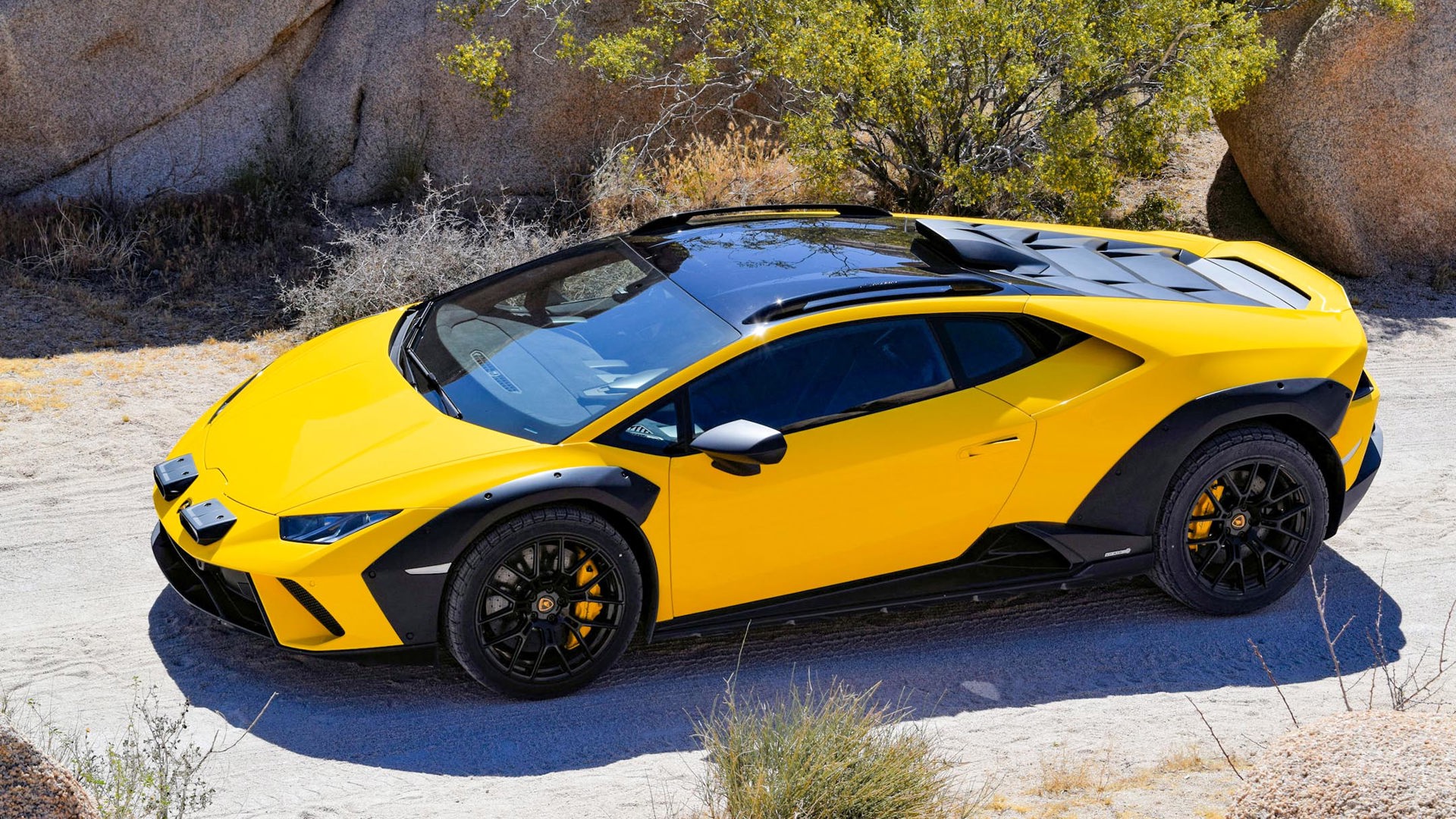
The experience of driving the Sterrato is near perfection, which it shouldn’t be. Even if the tires aren’t designed for asphalt, they’re good enough to provide confidence at high speed and are significantly better at absorbing imperfections like potholes, ruts, and uneven roads than other Huracáns. It’s easily the best riding version of the car. Any worries about tire noise are met with a strong dab of the throttle, which allows the sound of the motor and the roof-mounted intake to drown out anything else.
The rear-wheel steering commonly found on the Huracán is ditched for this model, but there is a brake-based torque vectoring system that helps the vehicle maintain its path even with limited grip. The steering also provides a responsive and engaging experience. On road and off, the Sterrato is a treat with limited compromise, something we’re often told isn’t possible.
So much of this car seems impossible, but that’s probably why Lamborghini chose to end its Huracán chapter with such a bang. The Sterrato is the final iteration of this platform and is powered by Lamborghini’s final V10 engine. During its lifetime, the Huracán became one of the best selling Lambos ever, it set a Nürburgring lap record, was the hero car of the Forza Horizons 2 video game, and managed to succeed on-road, on-track, and even off-road.
This is the kind of legacy you want when beginning a new chapter. Lamborghini is shining the brightest just before it changes tactics for the next generation. Instead of meeting all this change with skepticism and being cynical about its future, Lamborghini continues to focus on what’s fun, weird, and unique and is doing it all really well.
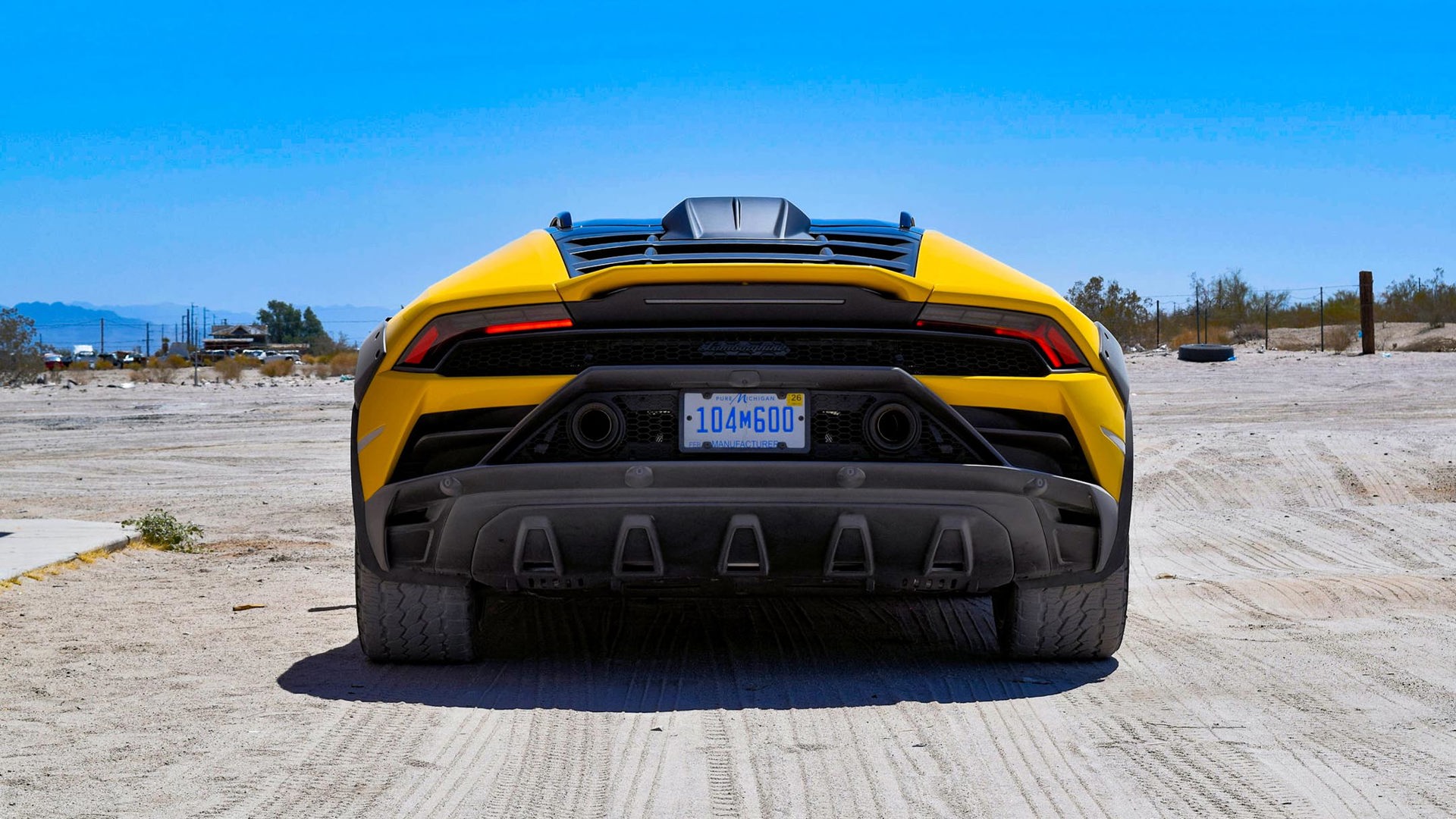
This is the inspiration I needed when thinking about the future. Everything the Huracán accomplished will carry over to whatever Lamborghini develops to replace it, just like how all the experiences I’ve gone through will mould the next chapter in my life and for my new family.
It’s taken a long time and many ups and downs for Lamborghini to arrive at this point. Who would’ve guessed that a company that started off making tractors would become the flagbearer for joy, creativity, and imagination in the automotive industry? If it can masterfully navigate decades of change, then perhaps I can, too.
